The longer the leaves, the weaker
Main reason: lack of fertilizer
According to Huahua's experience, generally, the leaves of green pineapple become smaller, yellow and weak because of the lack of fertilizer
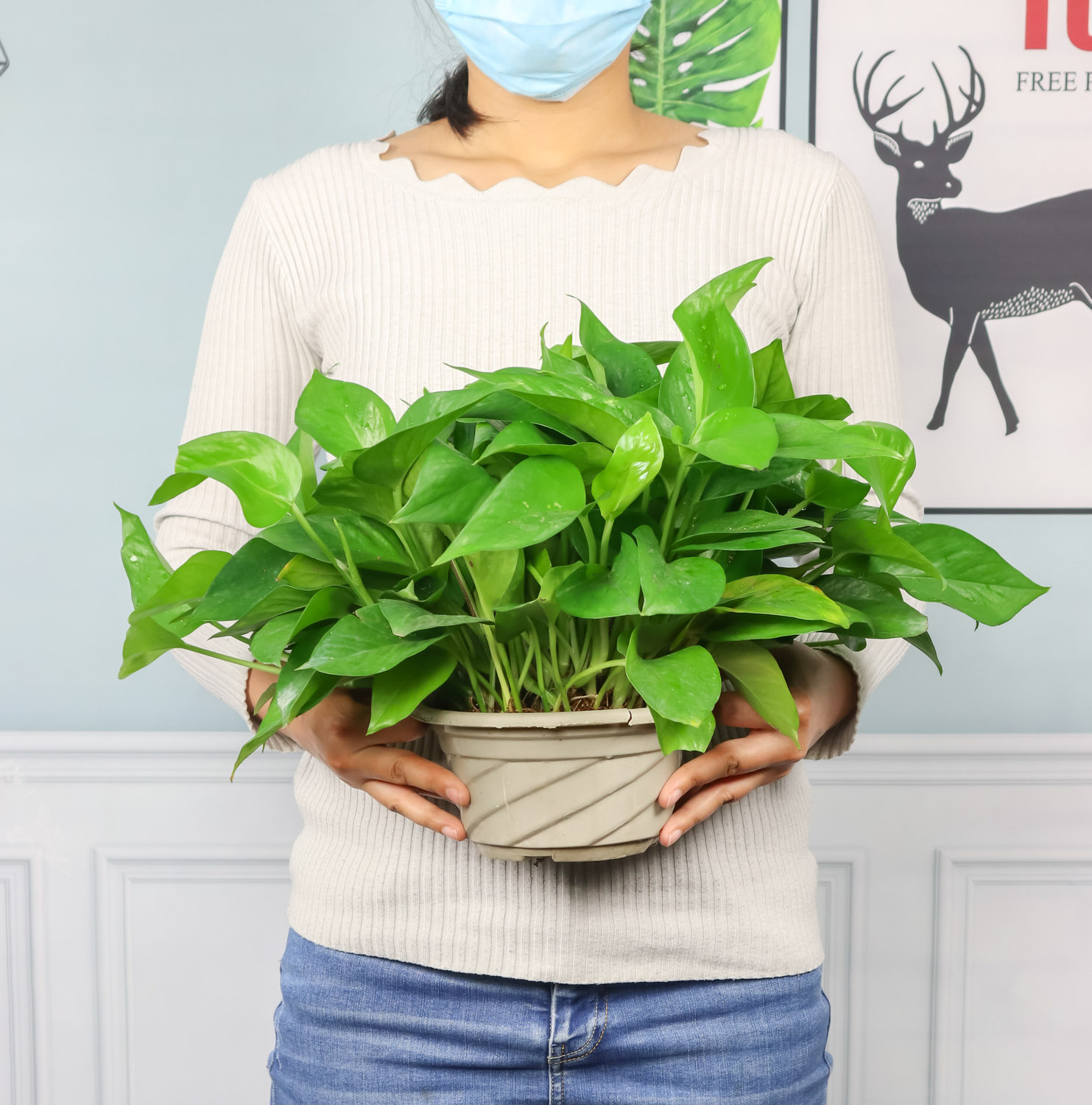
Solution:
1. If you want the green pineapple to grow well, fertilizer is essential. Huahua thinks the best fertilizer is rice washing water
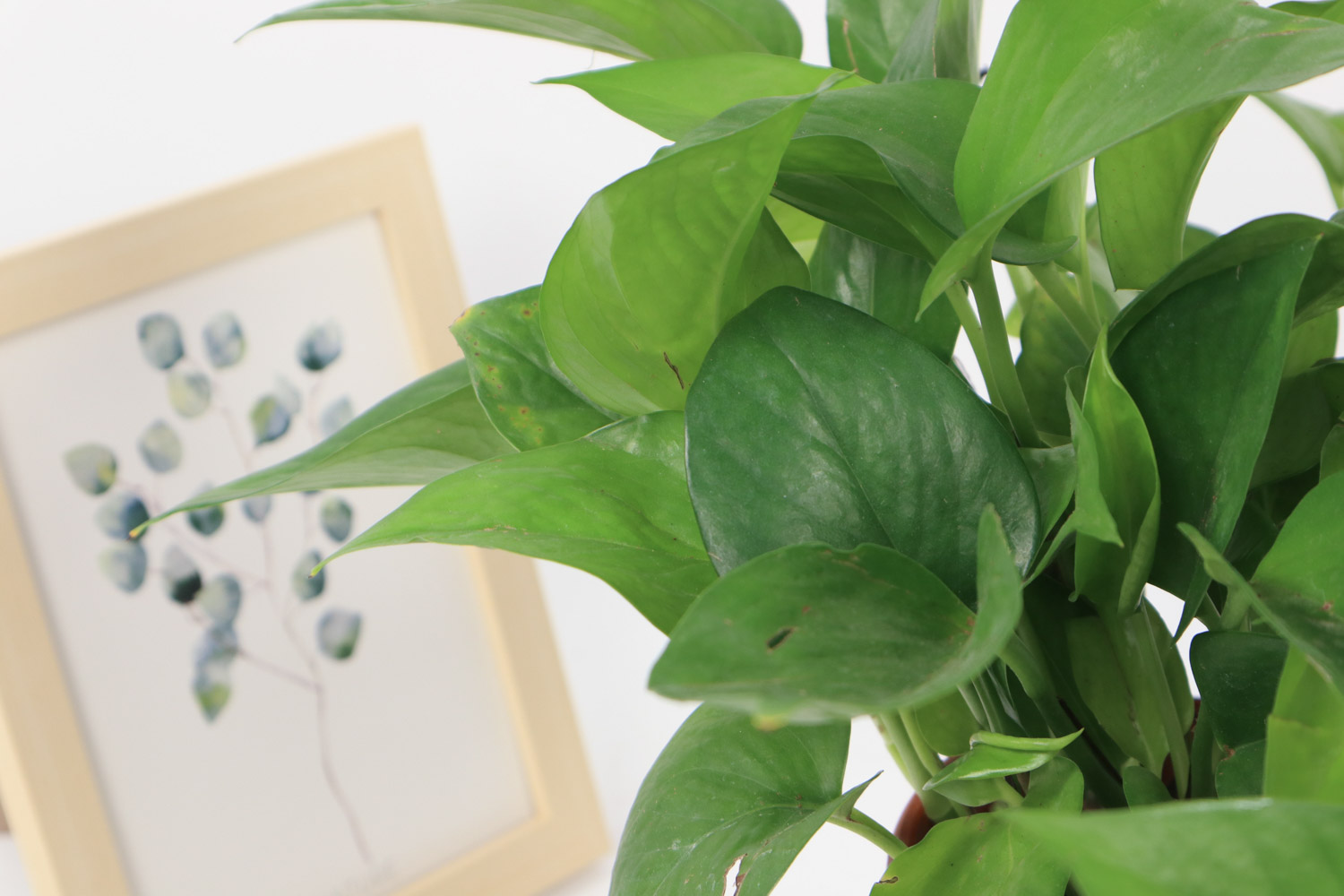
2. Usually, the water for washing rice at home can be collected directly, sealed in plastic bottles and exposed to the sun. It can be retted in about a month
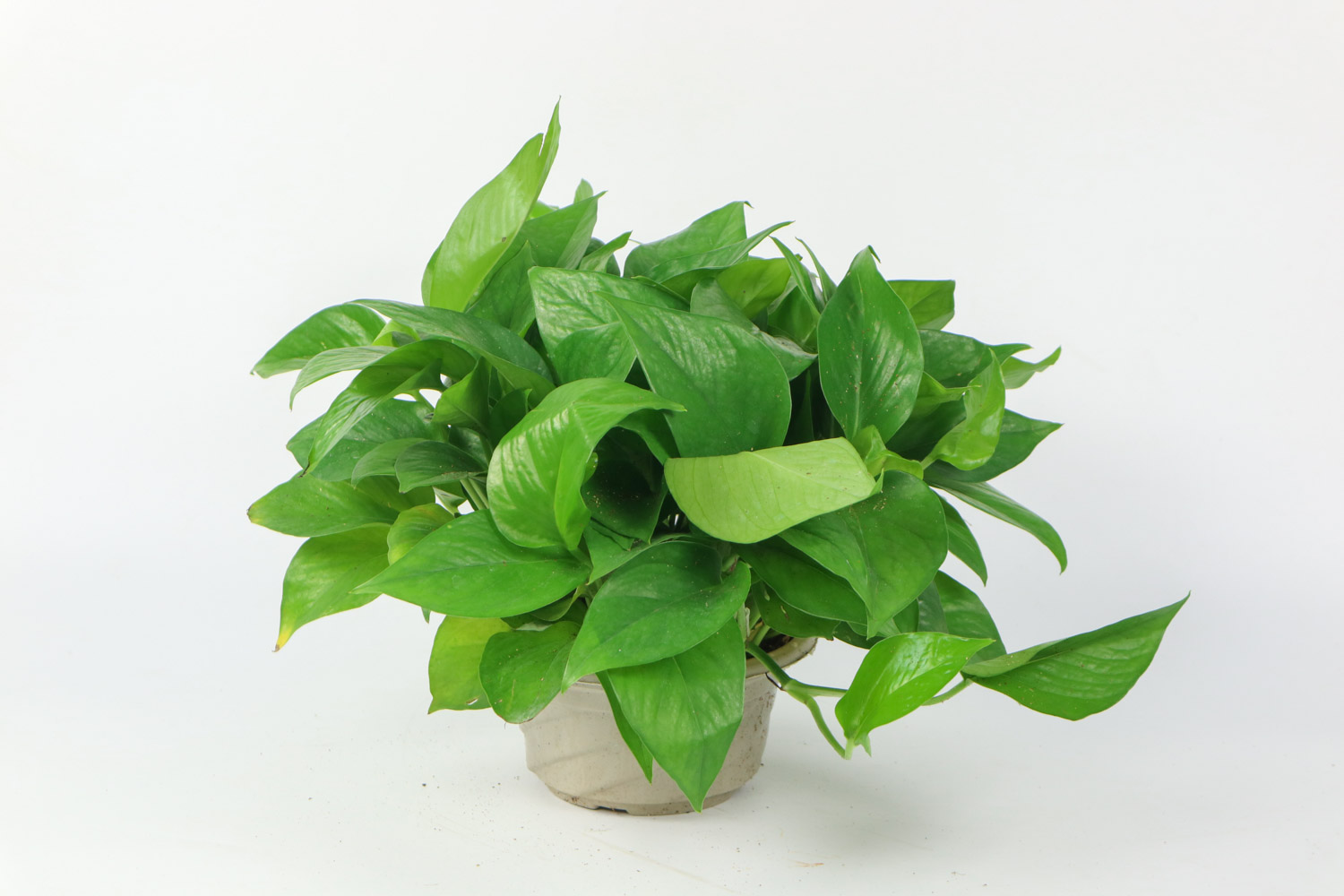
3. Mix the retted rice washing water with clean water in the ratio of 1:50, and water the green pineapple once every 5-7 days, which will soon make the leaves of the green pineapple grow larger and larger
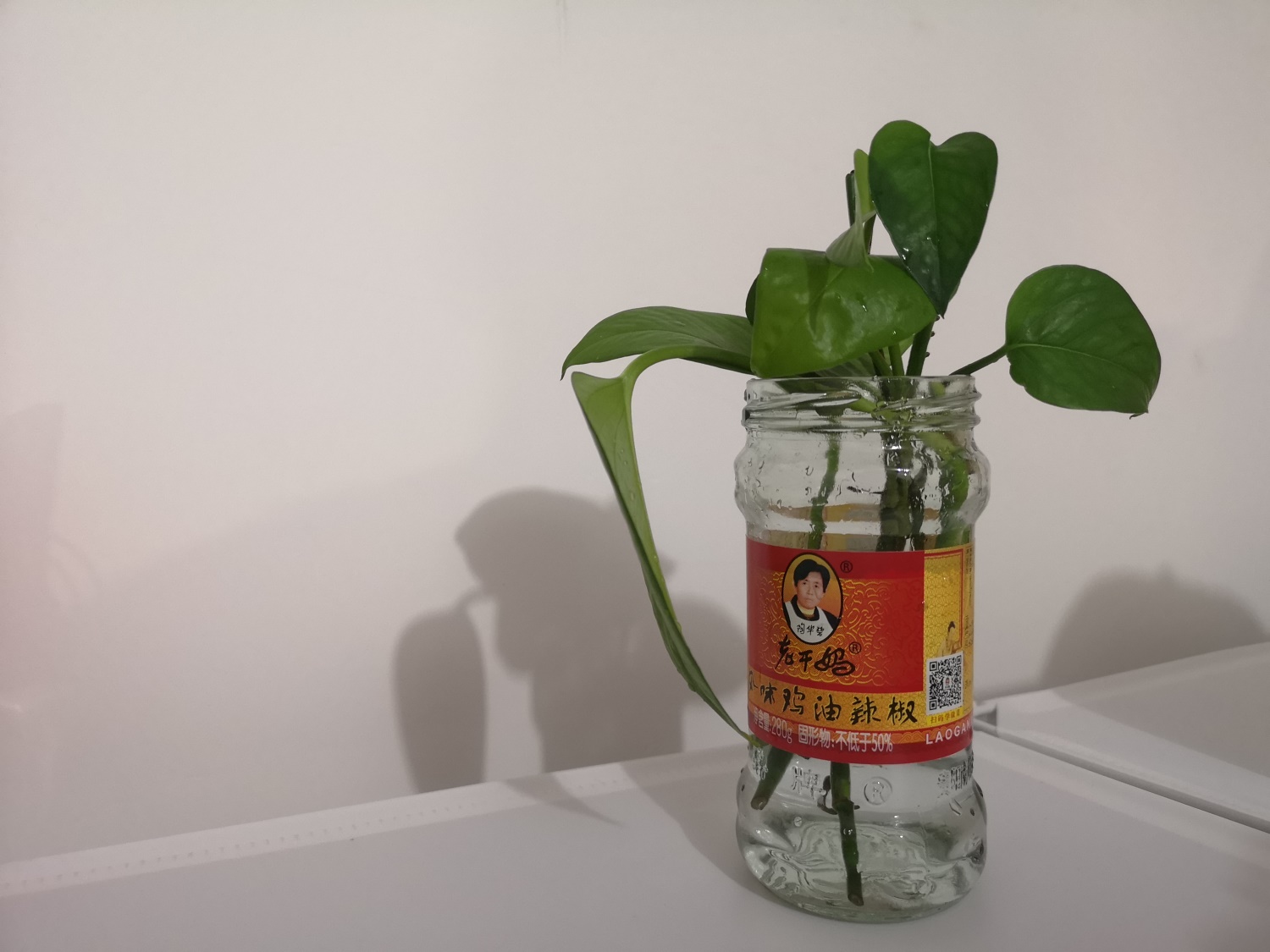
Other reasons: improper watering
The leaves of green pineapple are getting smaller and smaller. Another important reason is that it is caused by improper watering
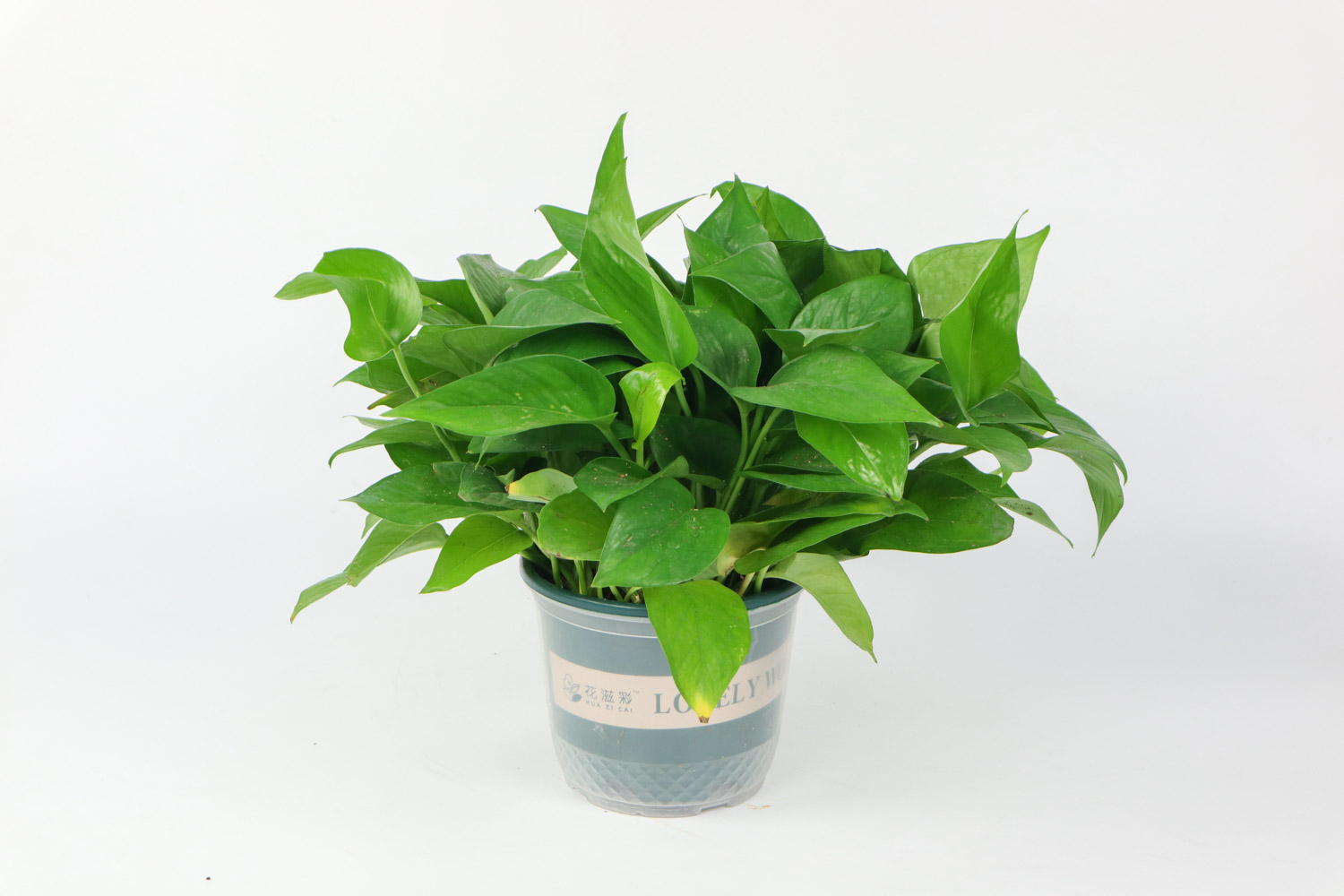
Solution:
1. The green rose is watered too little, and the water is not enough to support the growth needs of the green rose, so it will not grow naturally; Watering too much will lead to rotten roots, making the green rose unable to grow. Therefore, water should be poured once in about 3-5 days, and water should be sprayed towards the leaves to ensure sufficient water
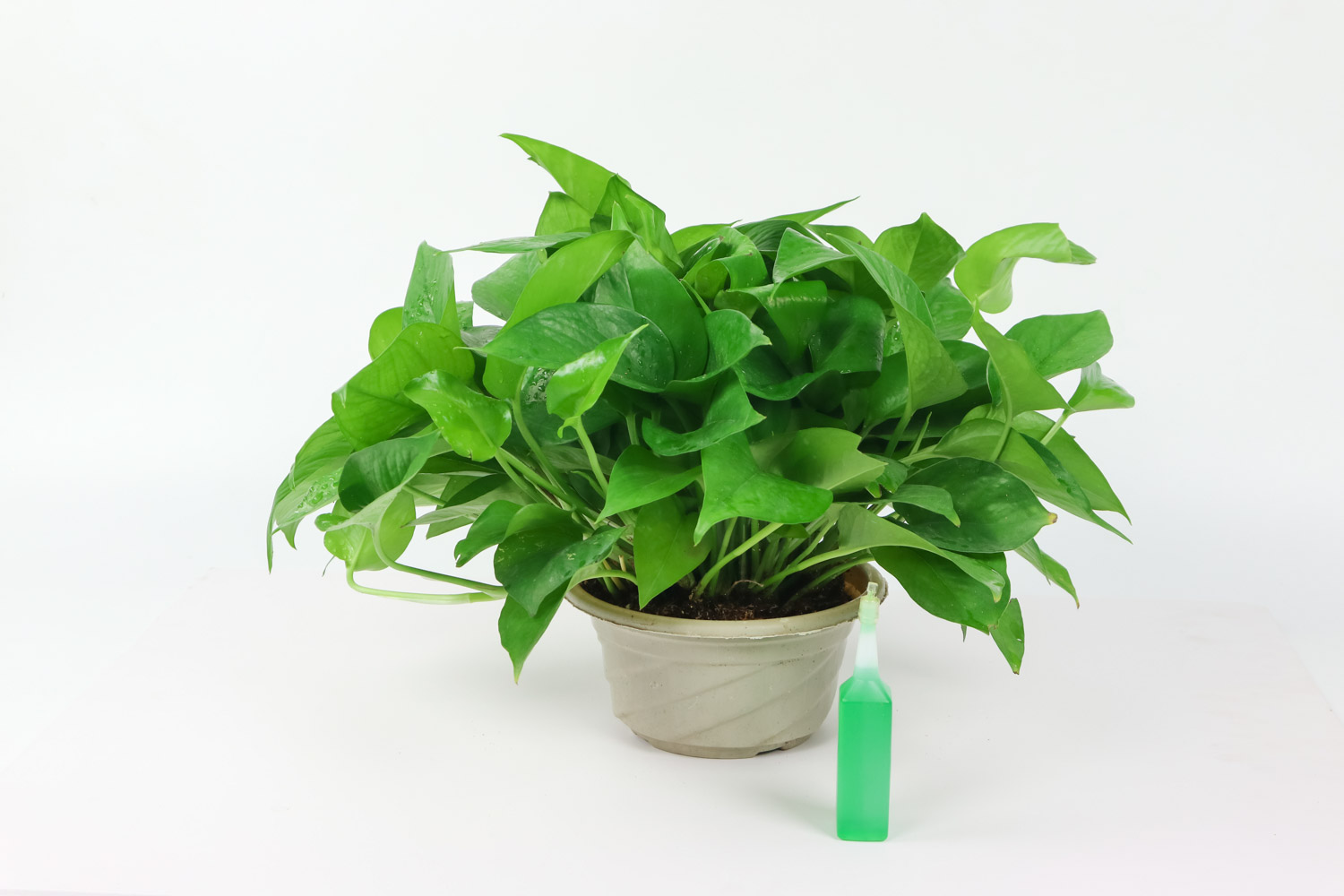
2. In order to make the leaves of green rose grow bigger and bigger, we can dilute and stir the beer and water in the ratio of 1:50, and then wipe the leaves with a soft cloth to make the pores of green rose absorb fertilizer, so as to grow bigger and bigger
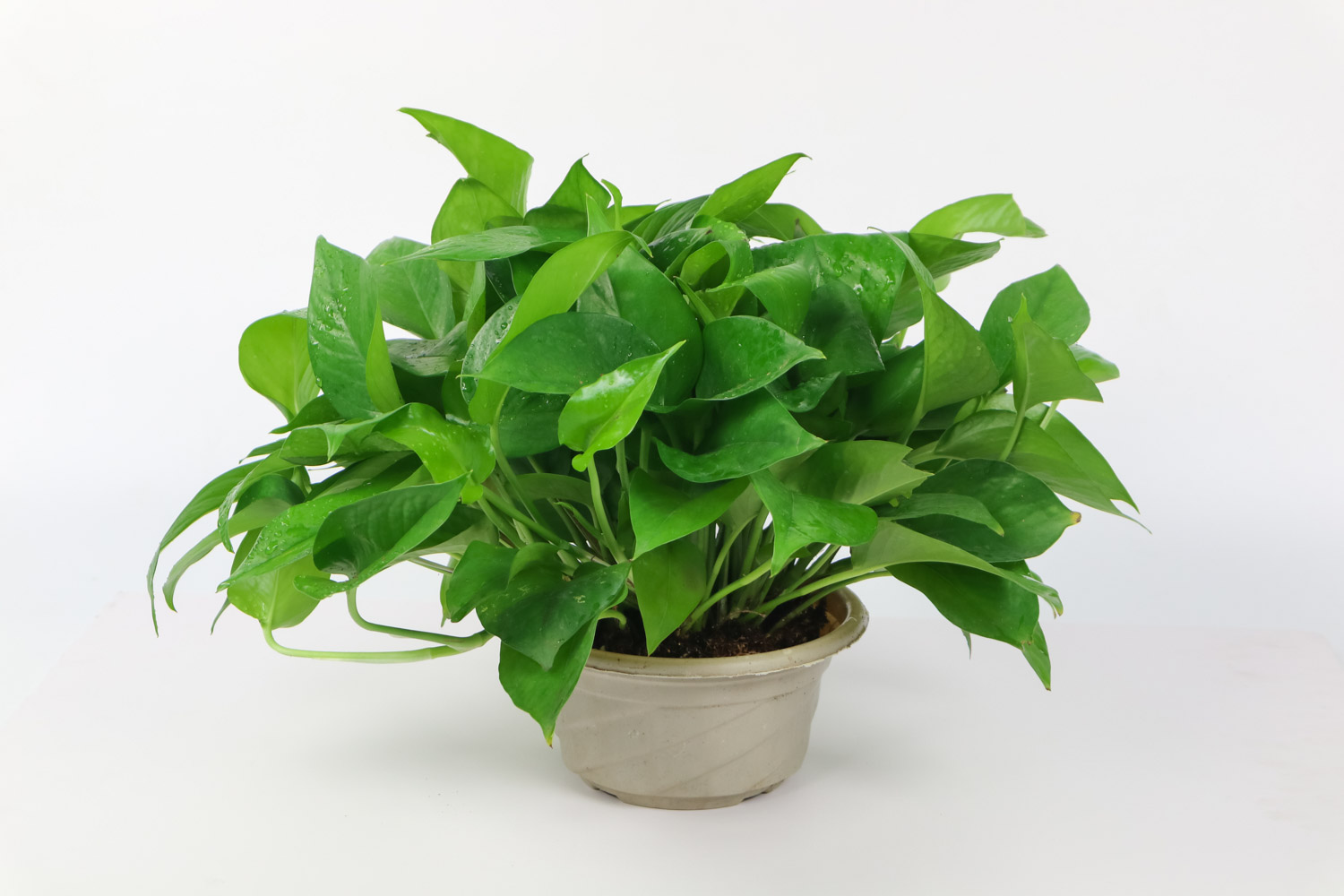
Jasmine blossoms are getting smaller and smaller
Main reason: lack of fertilizer
Now is the time for jasmine to bloom in autumn, but some flower friends responded that the jasmine in her family either didn't bloom, or the flowers were very small, and even fell in a few days. Huahua thought it was lack of fertilizer
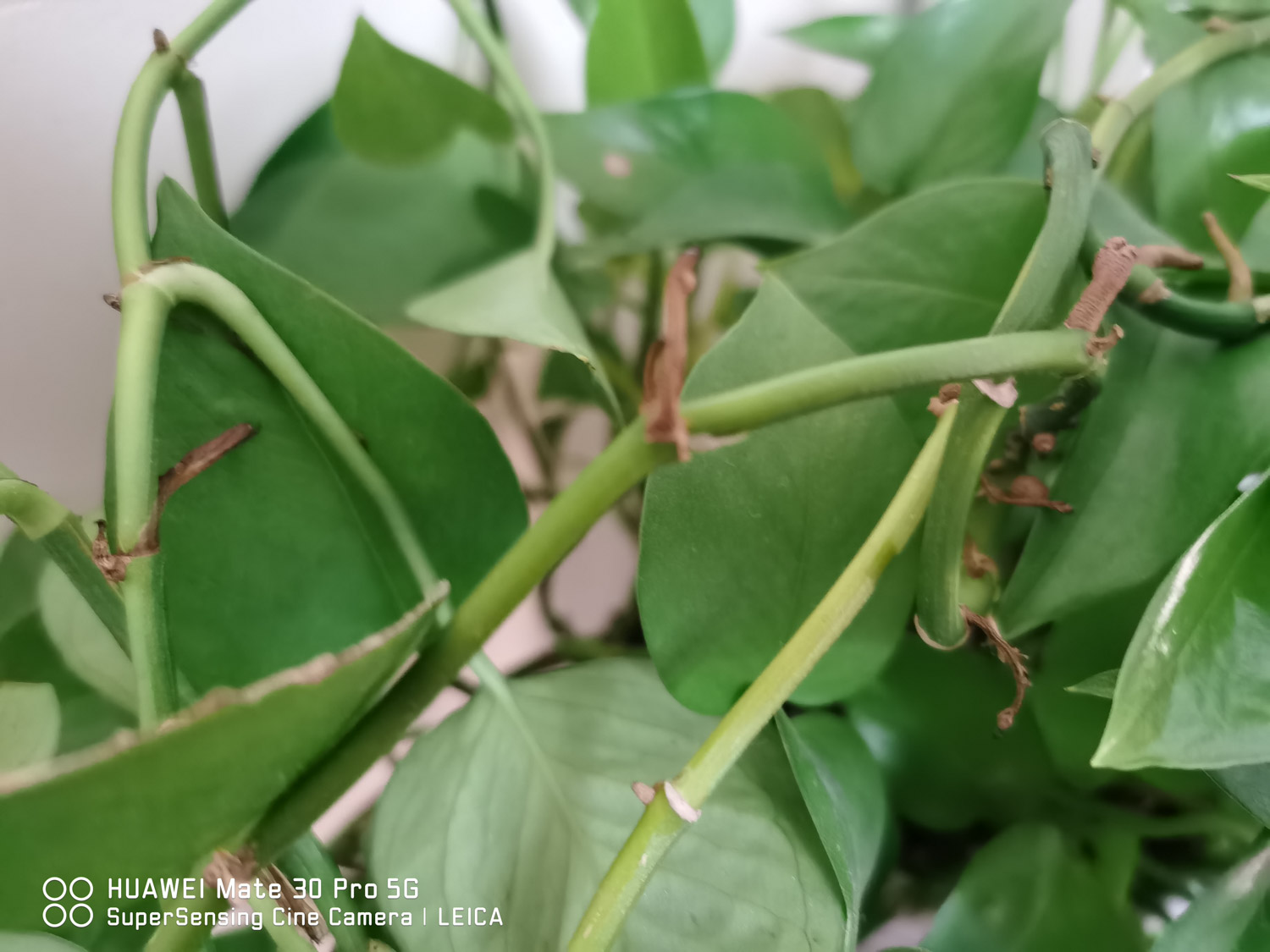
Solution:
1. If you want jasmine to blossom more and more, you'd better apply more bone powder fertilizer containing more phosphorus
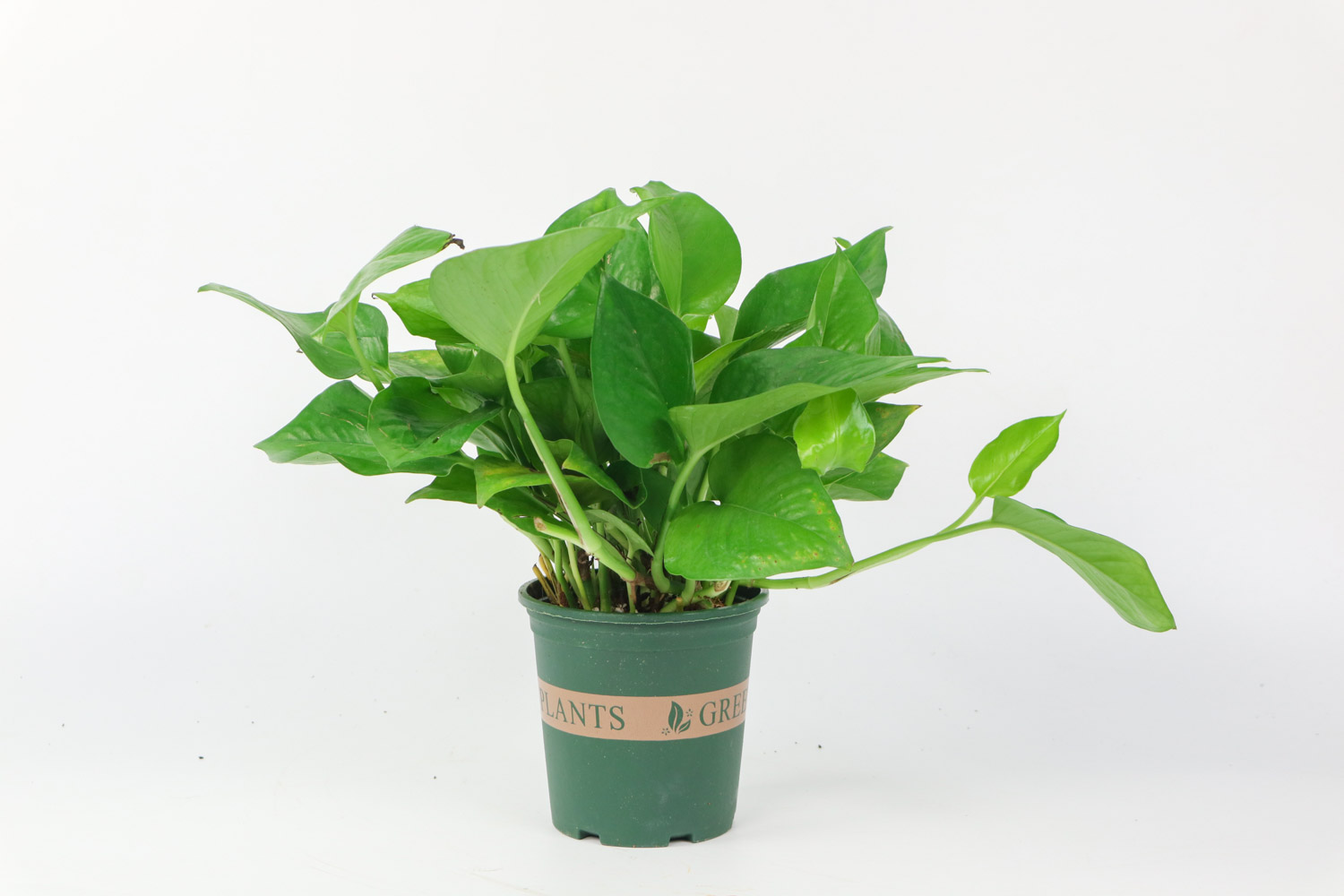
2. Collect the leftover bones in the house, cook them in clear water for more than 20 minutes, evaporate all the salt in the bones, and then expose them to the sun for a period of time to crush them all
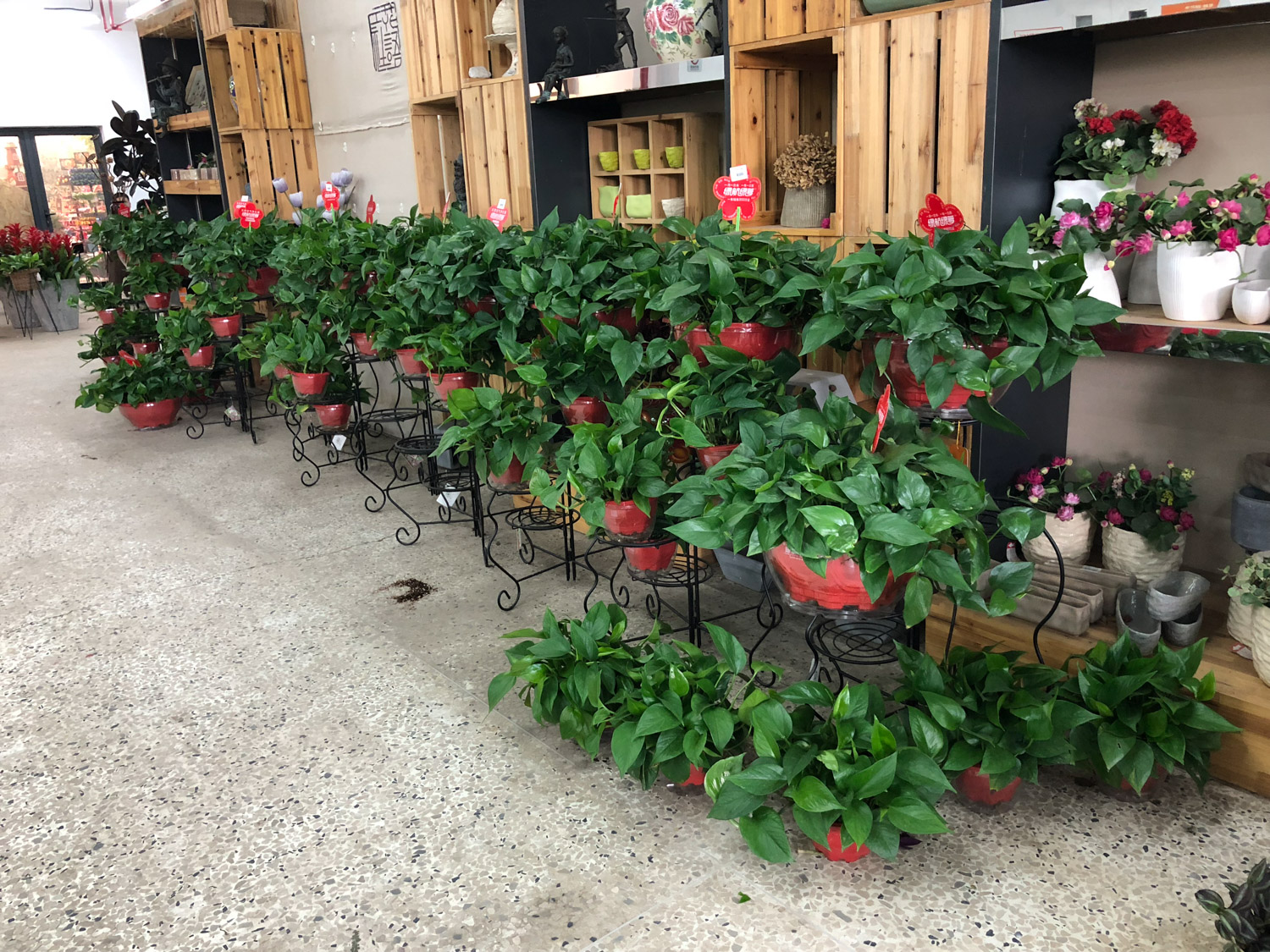
3. You can mix the crushed bones in the soil to let the fertilizer effect of the bones be slowly absorbed by the jasmine, or you can put the bones in the bottle to ferment slowly, and then you can water the jasmine when it is all rotten
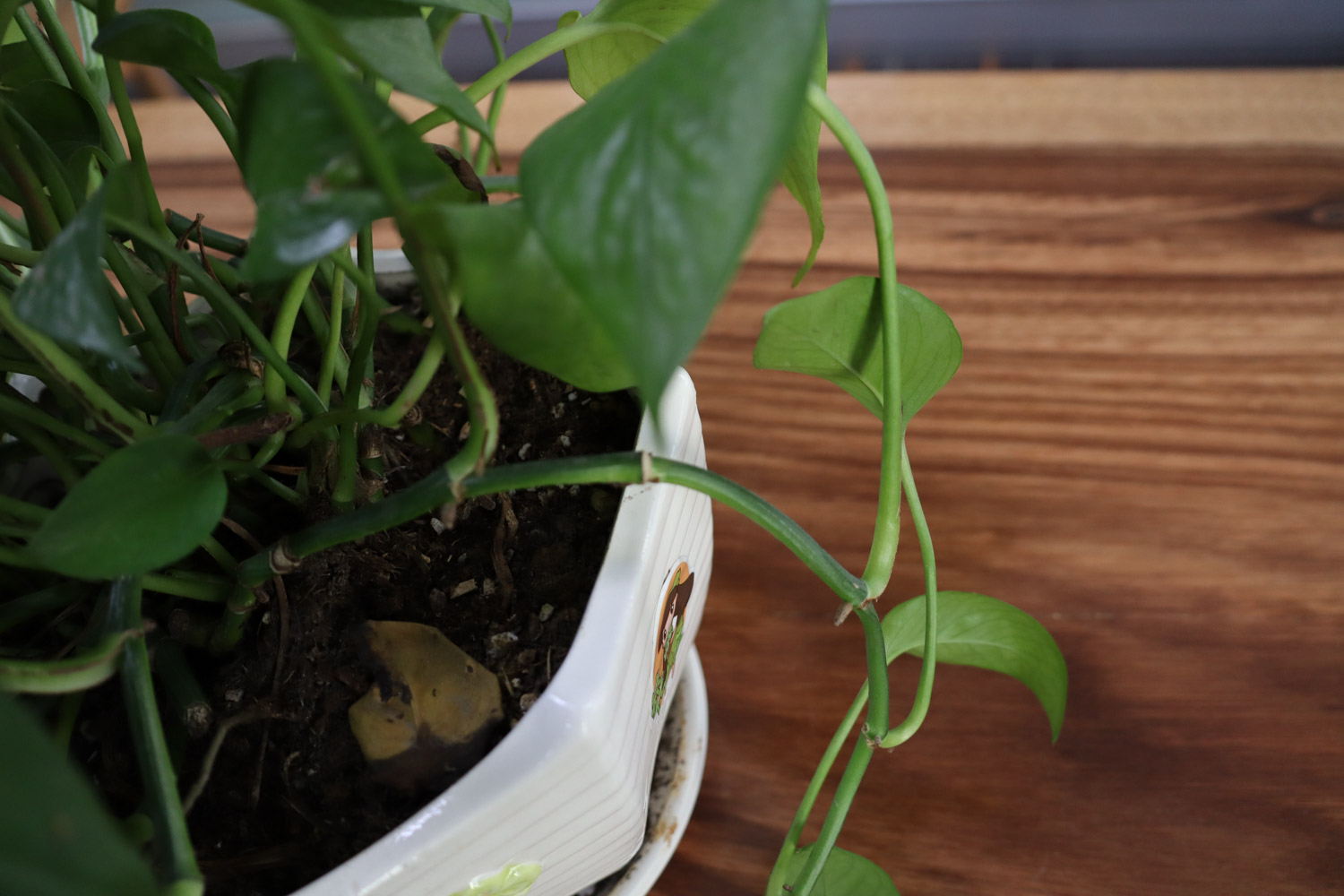
Other reasons: alkaline soil
Jasmine likes acidic soil. If the soil is alkaline, it is easy to make jasmine Blossom smaller or even not bloom
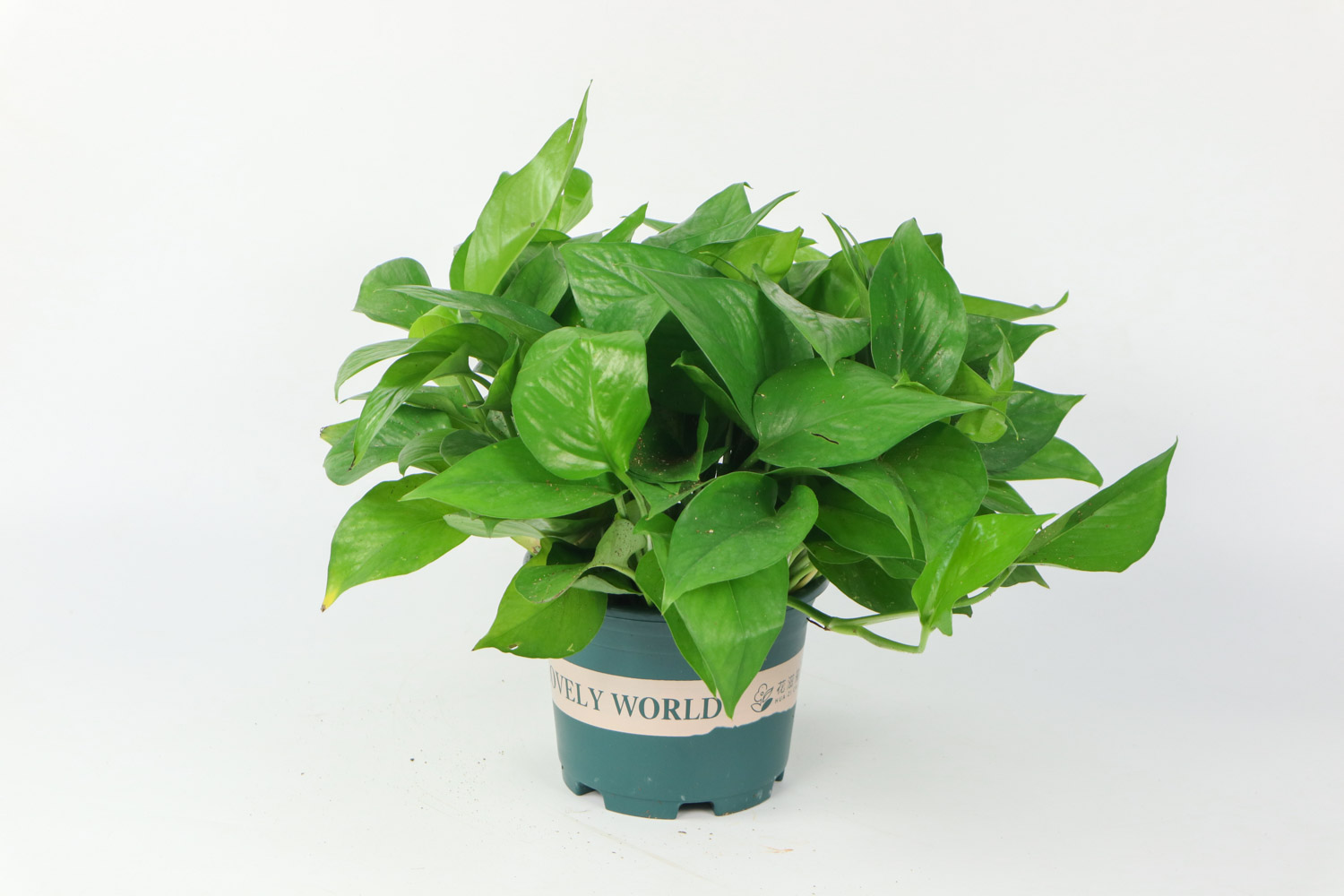
Solution:
1. To improve the alkalinity of jasmine soil, pour ferrous sulfate solution into the soil. Mix ferrous sulfate powder and clean water according to the ratio of 1:2000, and then irrigate the roots of jasmine. It will soon be found that Jasmine blooms more and more
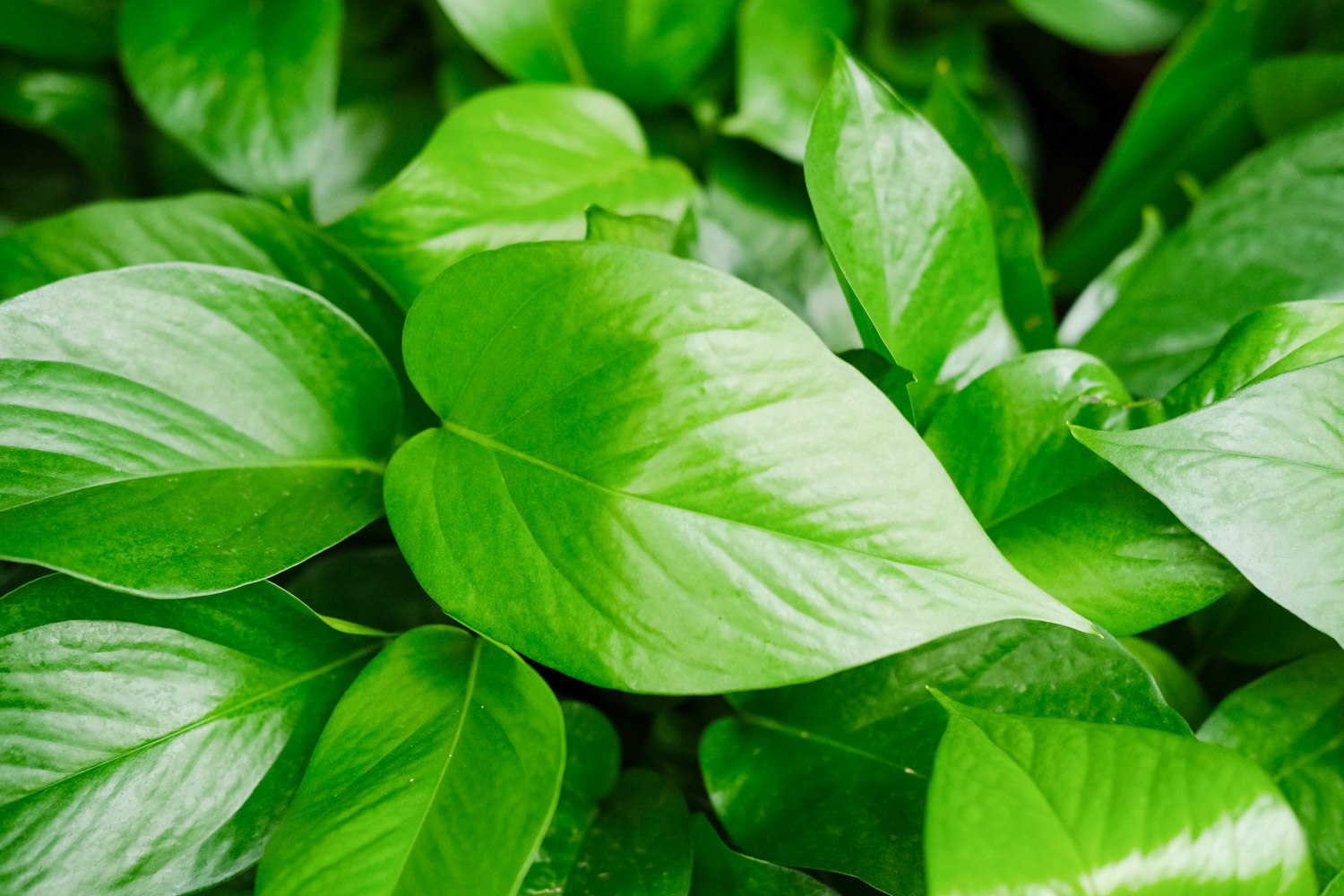
2. Another way to make jasmine Blossom more and bigger is to spray 0.2% potassium dihydrogen phosphate solution on the jasmine plant before Jasmine blooms, so as to promote jasmine to grow more flower buds, so as to bloom more
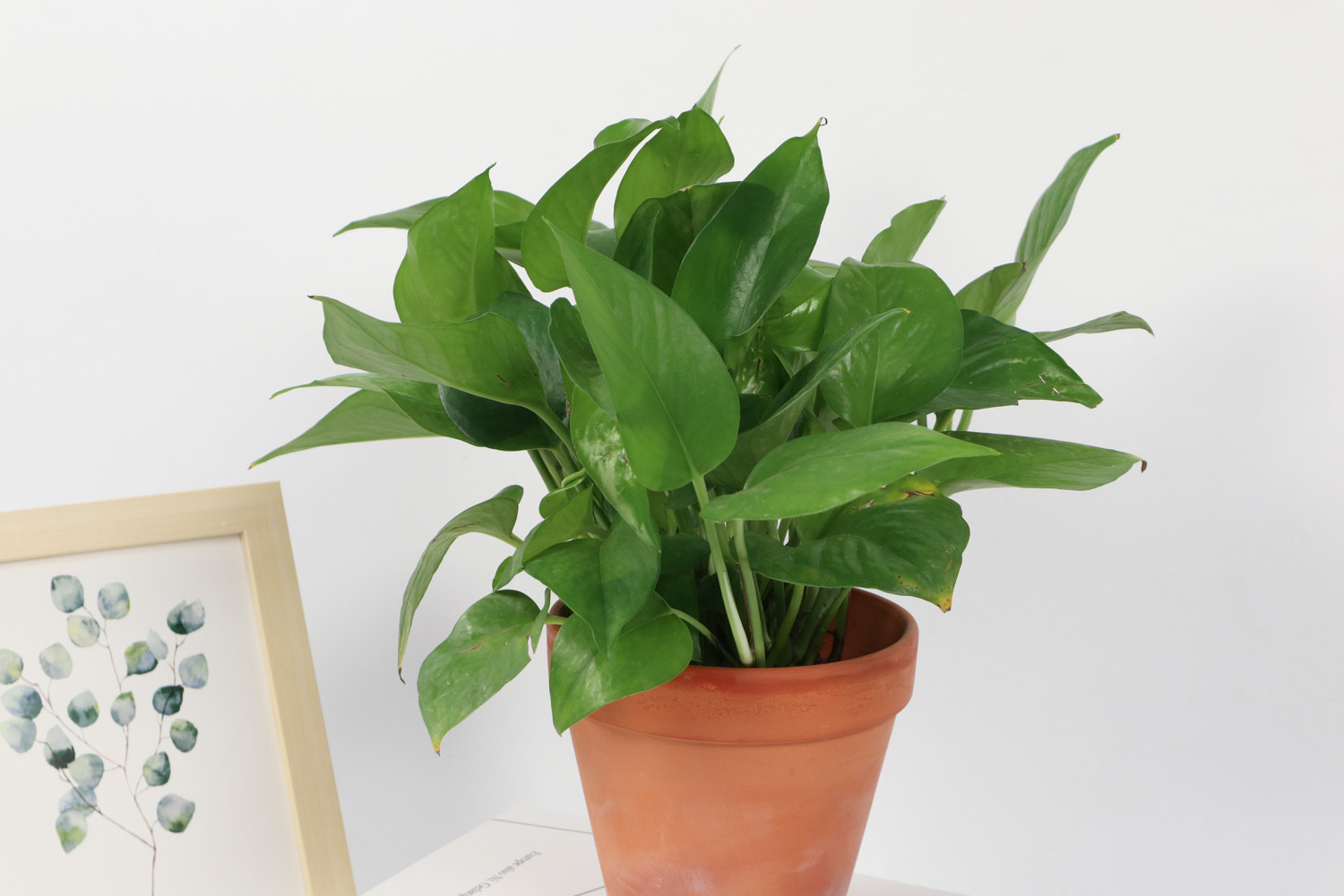
Chlorophytum leaves grow longer and smaller
Main reason: lack of fertilizer
Other people's Chlorophytum can grow up to 2 fingers wide, but yours is getting narrower and narrower. It's really painful. Speaking of the main reason, it's still due to the lack of fertilizer
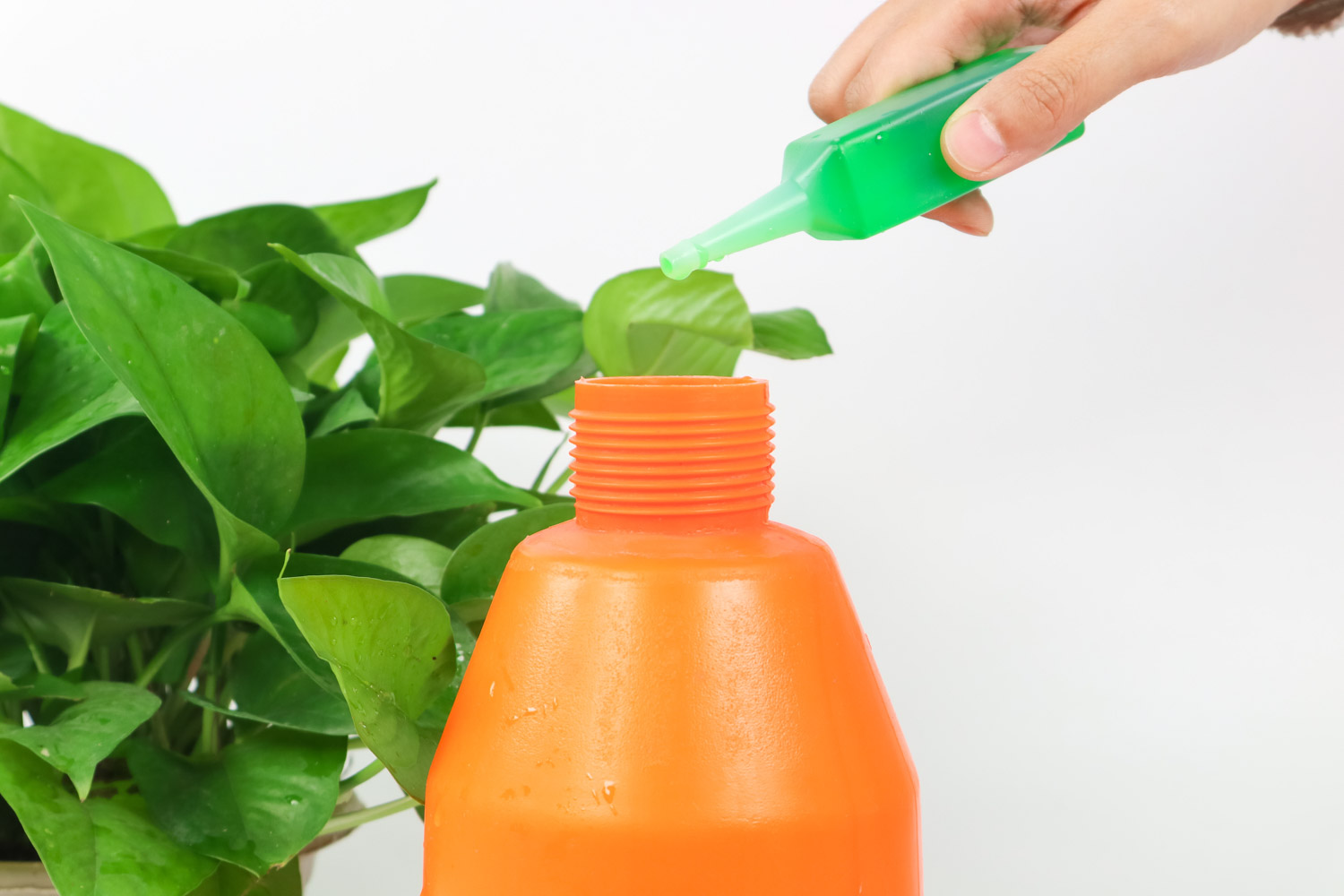
Solution:
1. If you want to make the leaves of Chlorophytum grow wider, you have to pour some soybean water on Chlorophytum
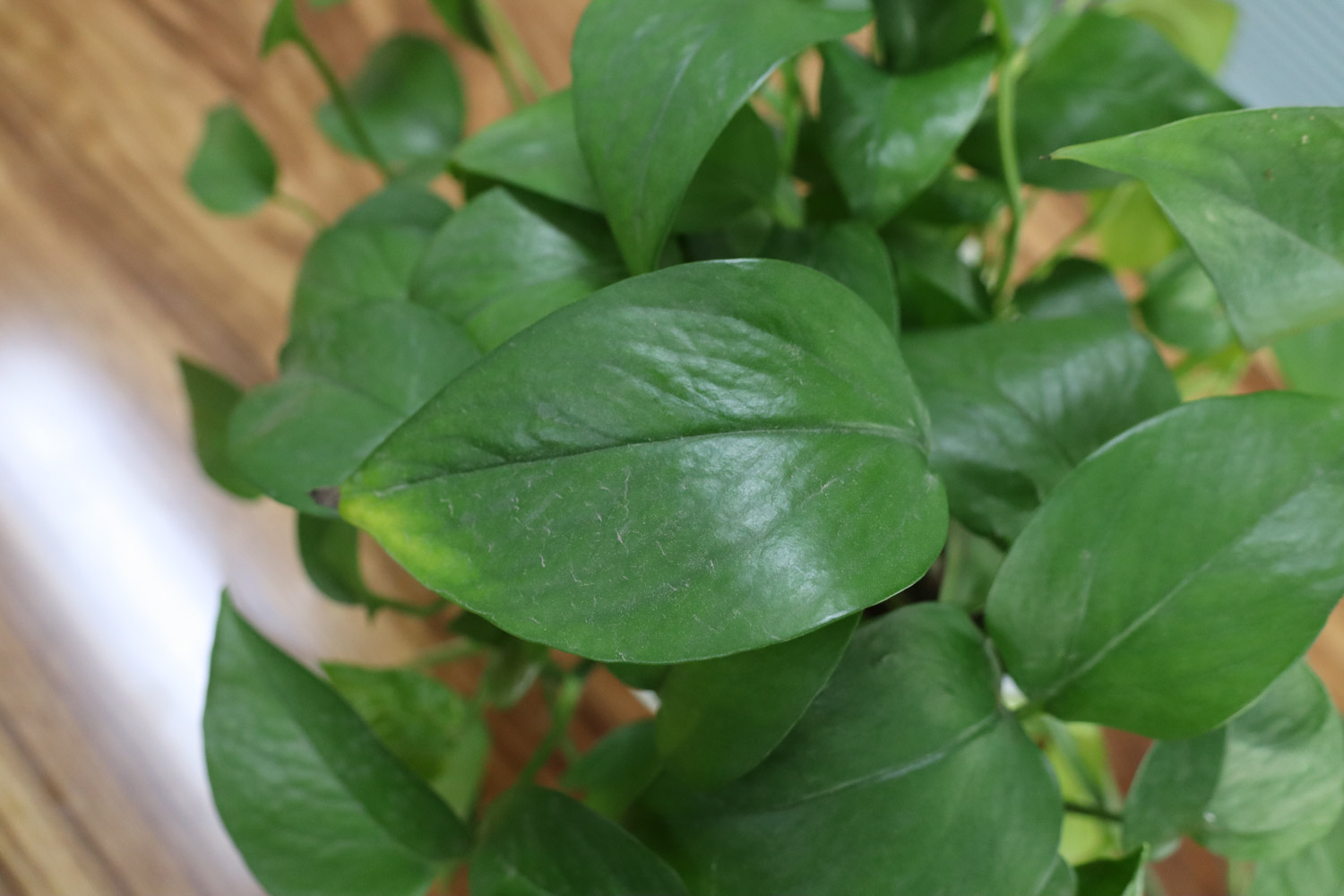
2. Boil the moldy soybeans in a pot, take them out and put them in a plastic bottle. Then add some water into the bottle to seal it and expose it to the sun. Open the bottle for ventilation in about 3-5 days. Soybeans can be retted in about 1-2 months
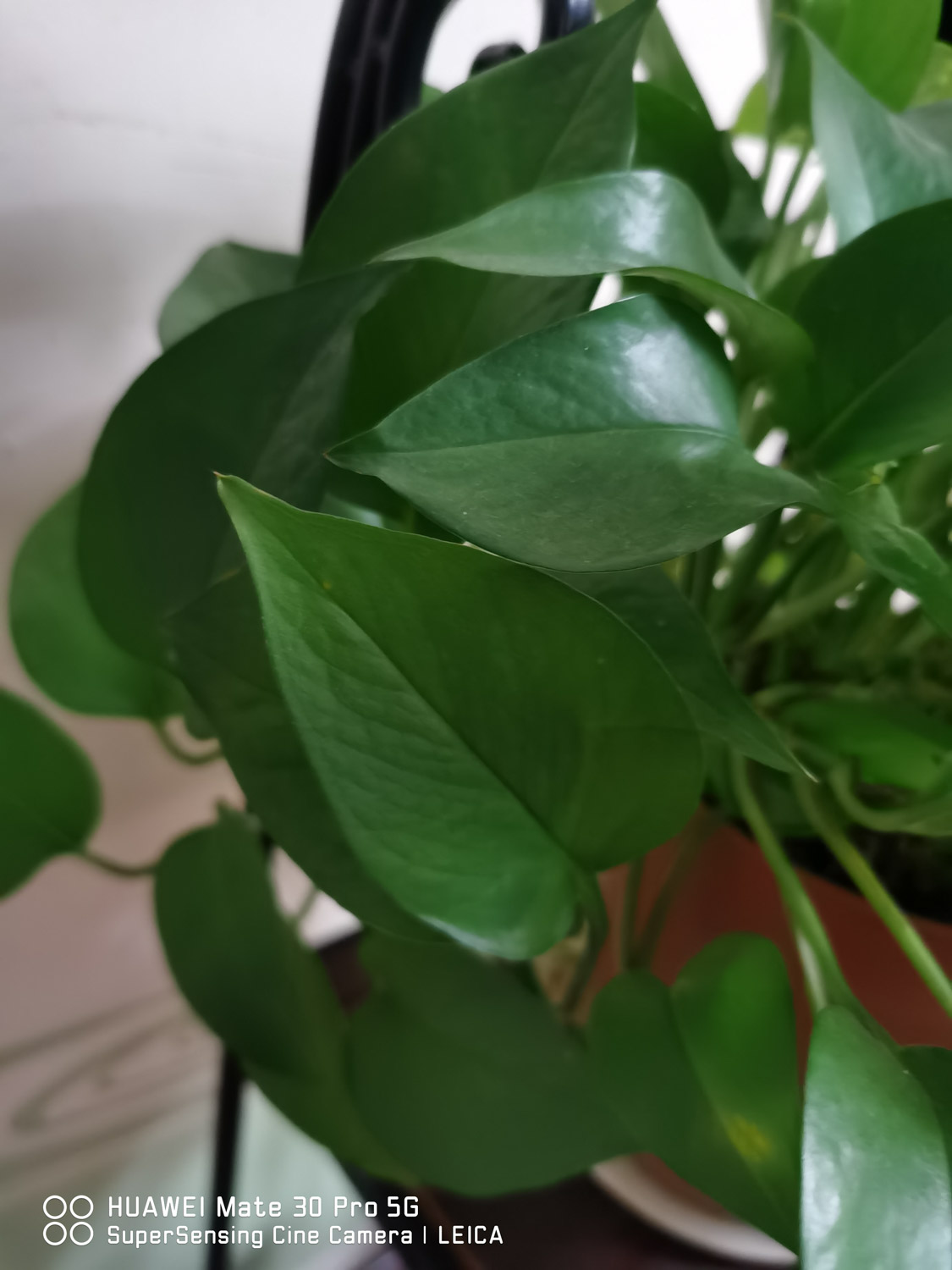
3. Mix soybean water and clean water in the ratio of 1:50 and irrigate the roots of Chlorophytum. The leaves of Chlorophytum will grow and grow in less than half a month
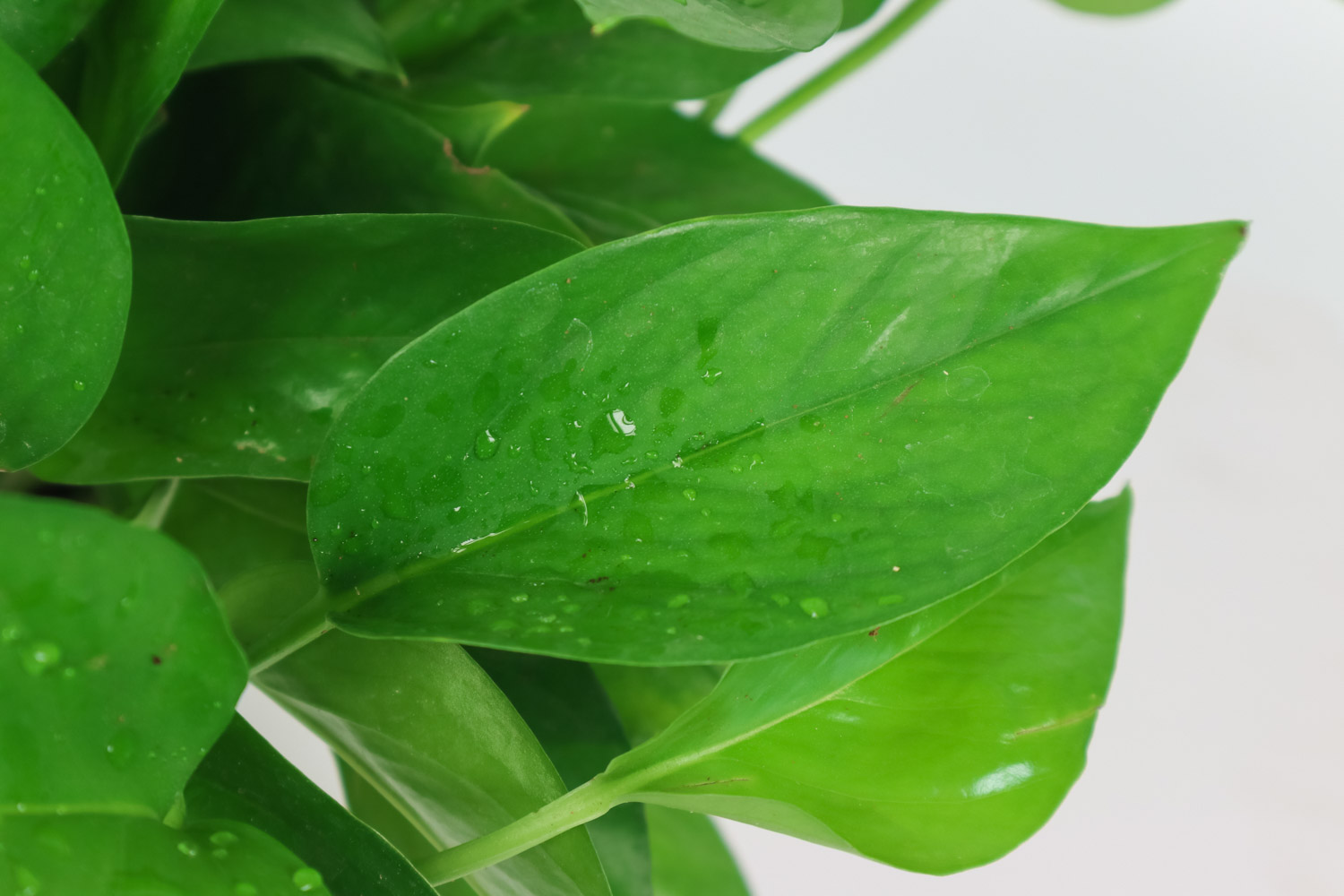
Other reasons: improper watering
The watering of Chlorophytum is an aspect that is not easy to grasp. Whether it is poured more or less, it will cause the leaves to become smaller
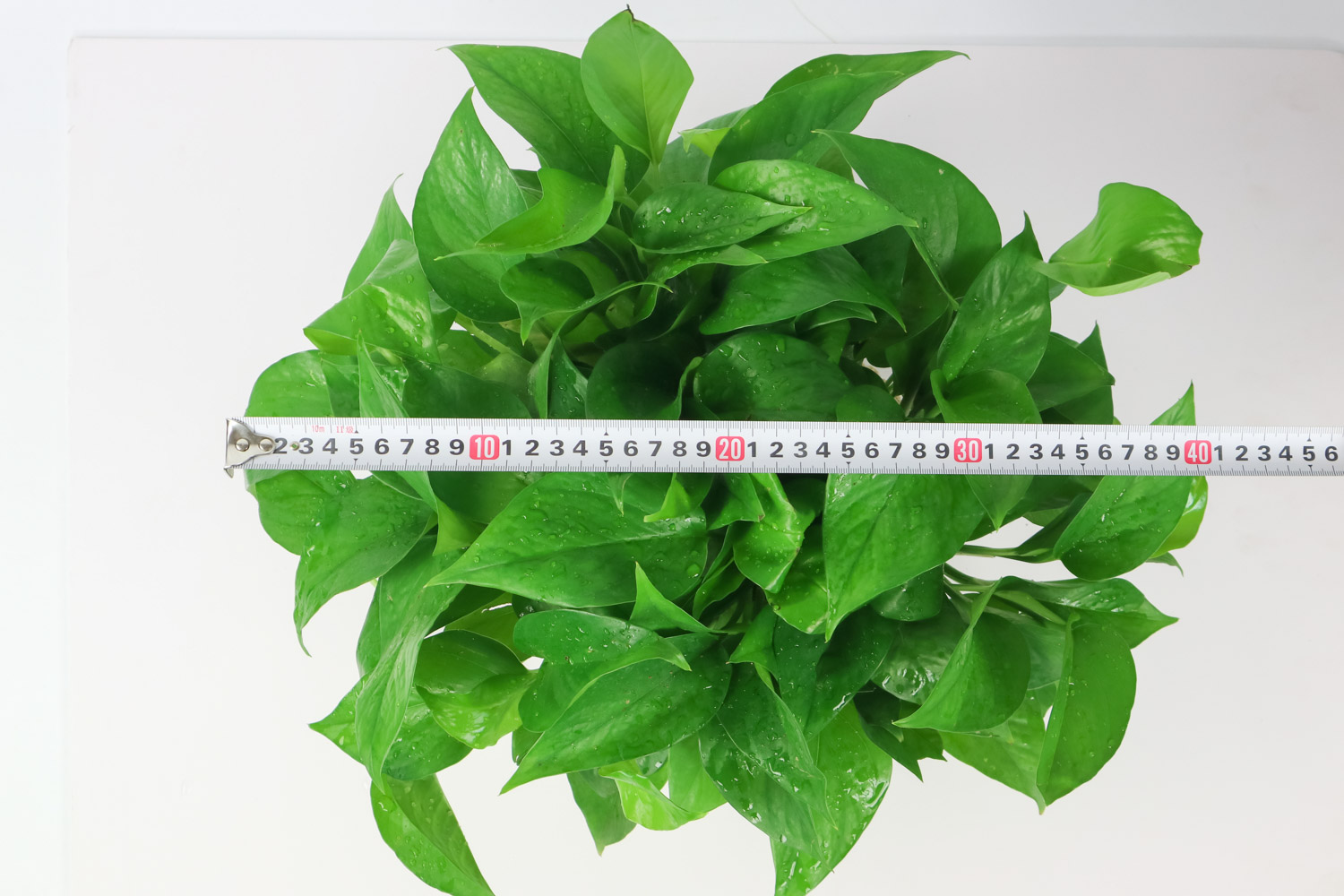
Solution:
1. The climate in autumn is relatively dry. You can water it once in about 4-7 days. Spray water on the leaves in the morning and evening to prevent the leaves from being dry and sharp
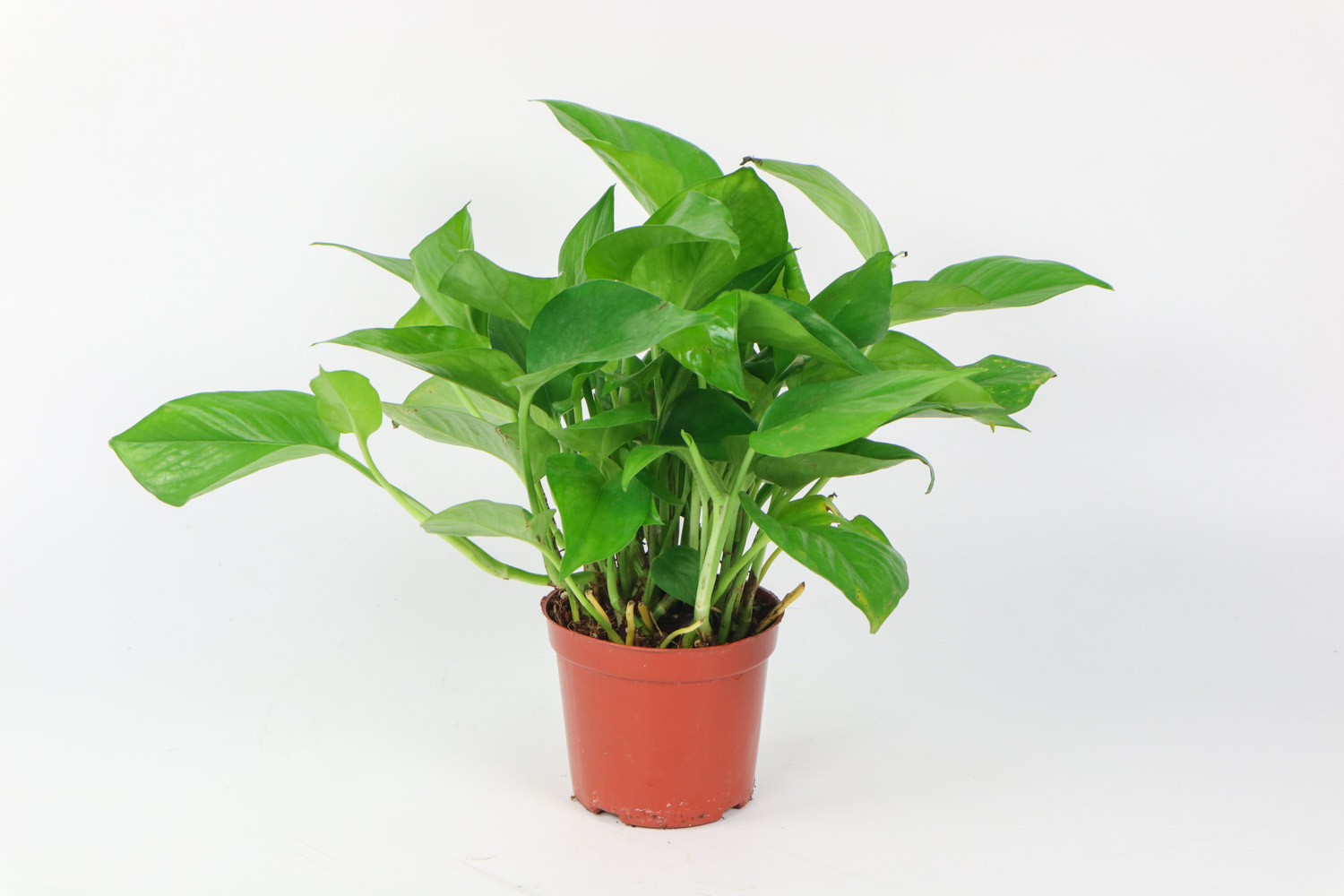
2. If you pour more water, you can put the flowerpot in a cool and ventilated place to let the excess water in the flowerpot evaporate as soon as possible to avoid rotten roots. Over time, the leaves of Chlorophytum will grow and grow
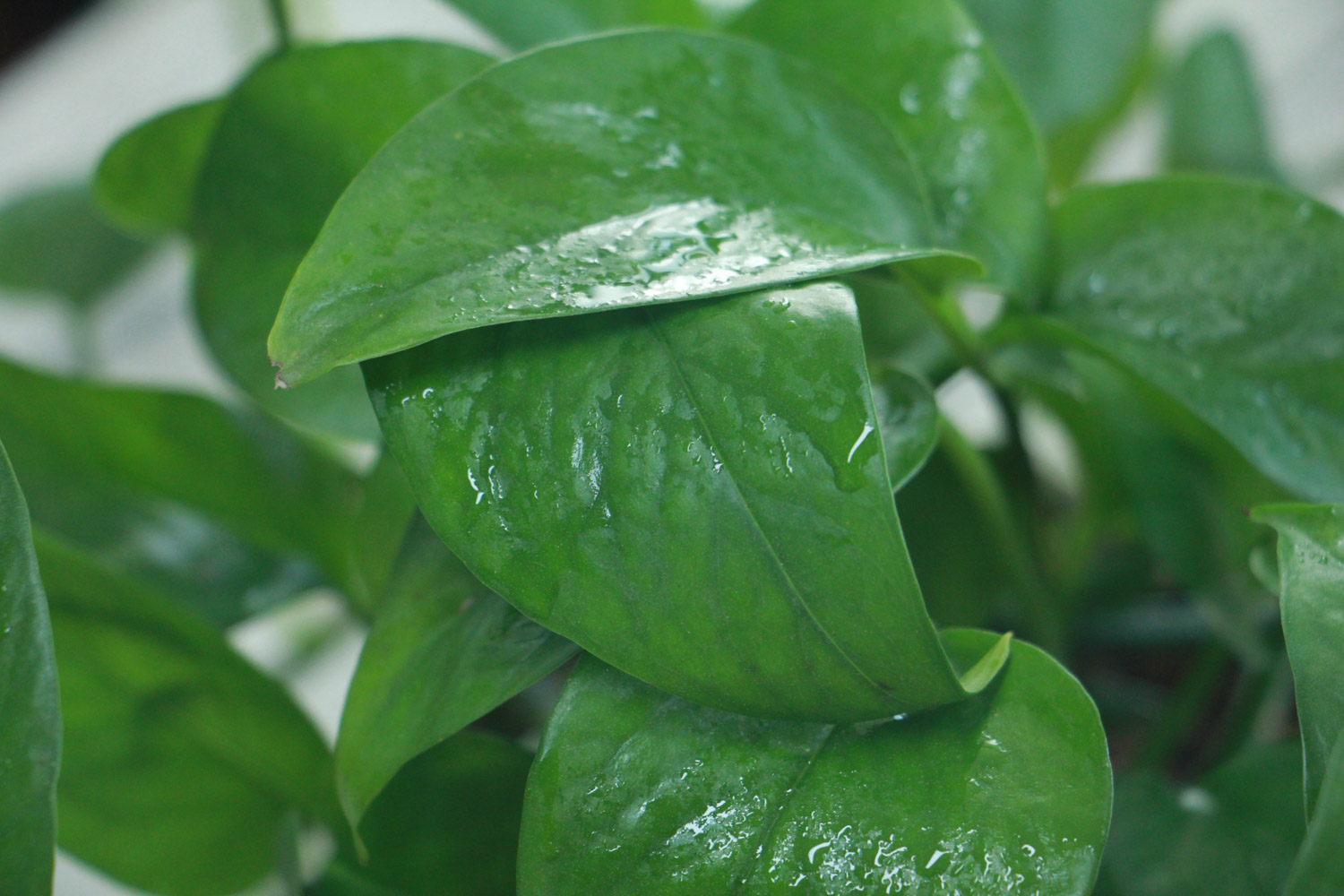
Clivia leaves grow thinner and thinner
Main reason: lack of fertilizer
Clivia is loved by many people because of its thick leaves and bright flowers. However, some flower friends found that the longer the leaves of Clivia at home, the smaller the flowers. Huahua felt that this situation was probably due to lack of fertilizer
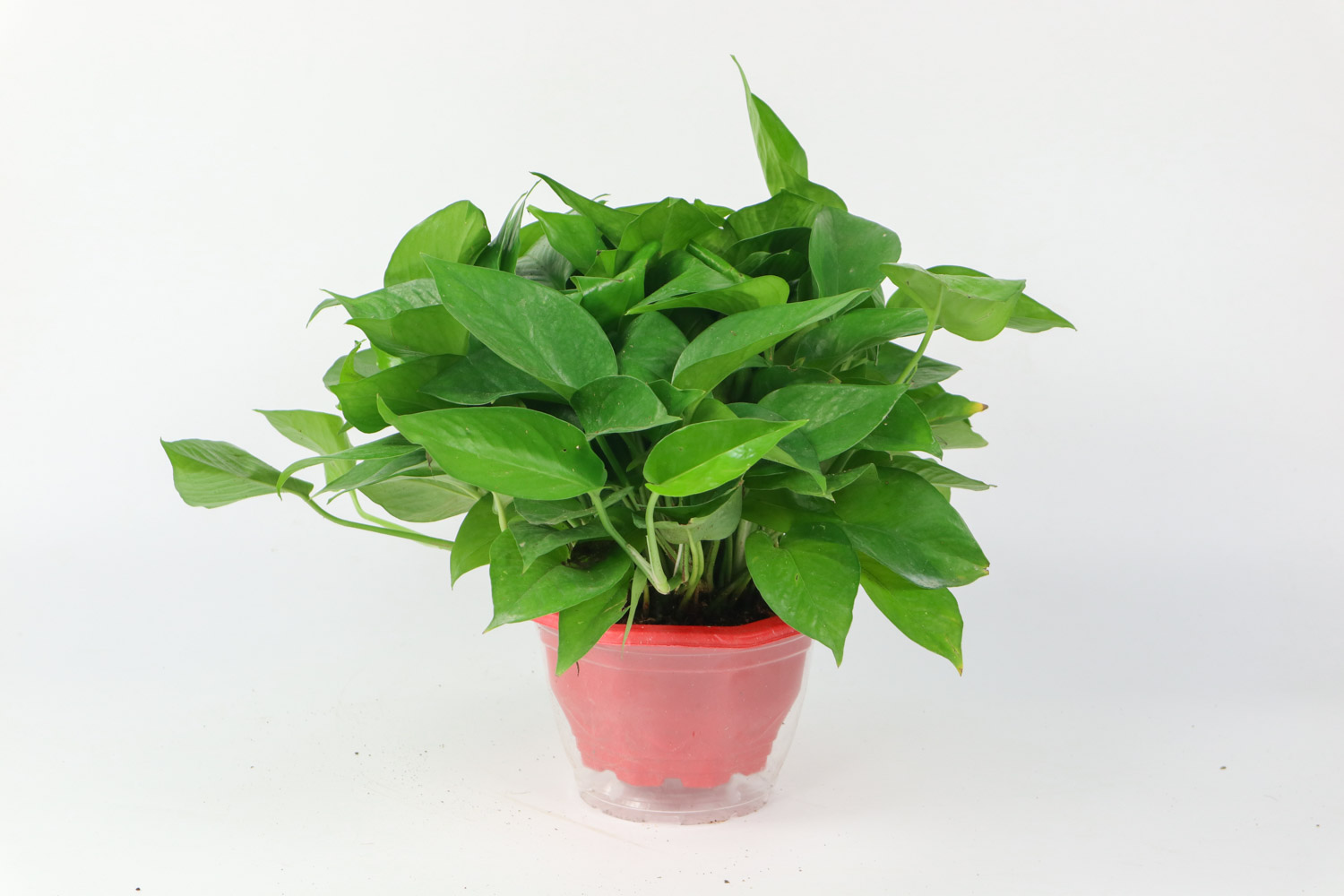
Solution:
1. If you want to make the leaves of Clivia more and more plump and blossom big and colorful, you have to apply enough fertilizer to it, especially the flower fertilizer retted by some oil crops. Clivia likes it very much
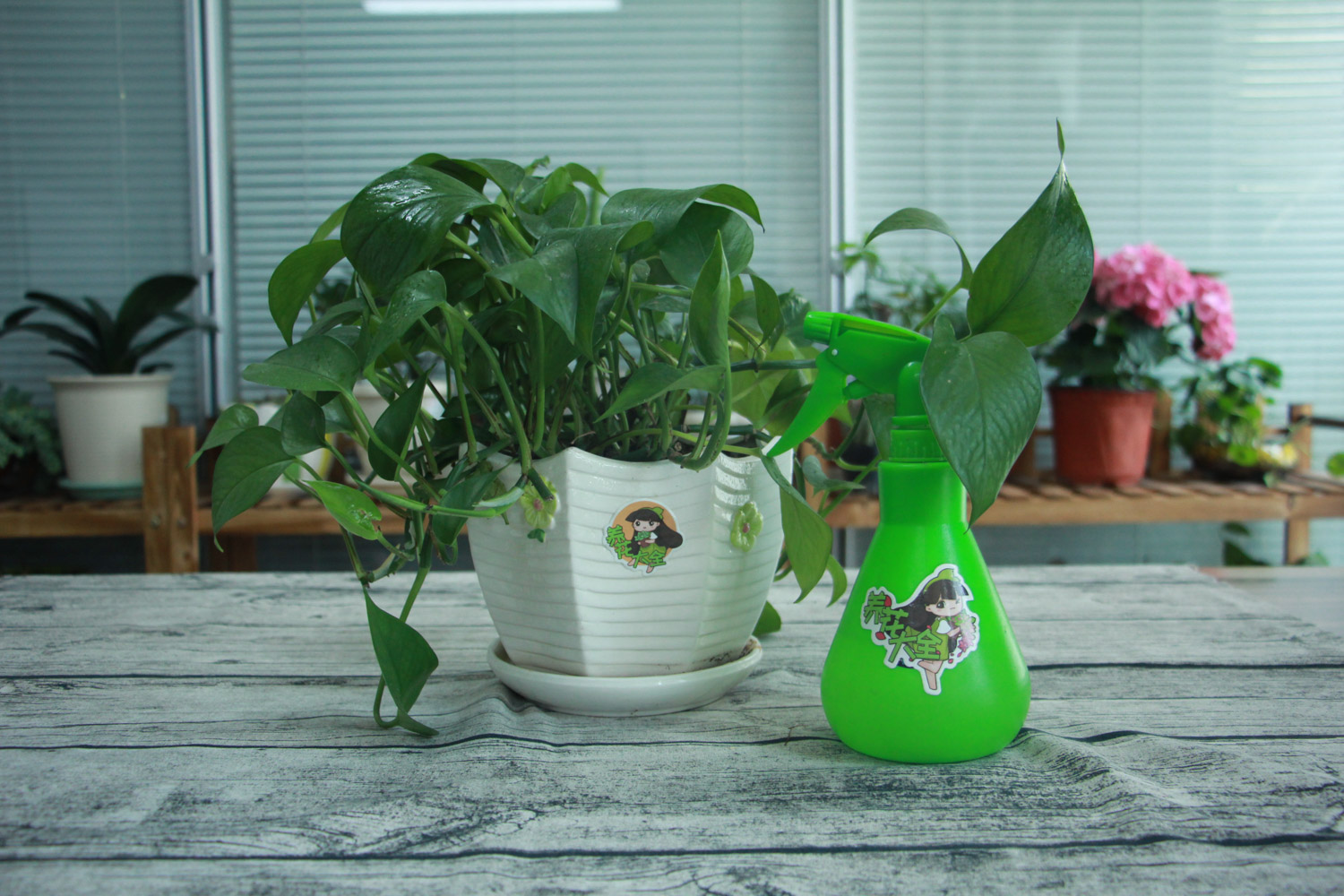
2. Collect the moldy peanuts, melon seeds and bean dregs, put them in a container, seal them with water, and expose them to the sun. After about 3-5 days, open the cover for ventilation, and Rett them in about 2 months
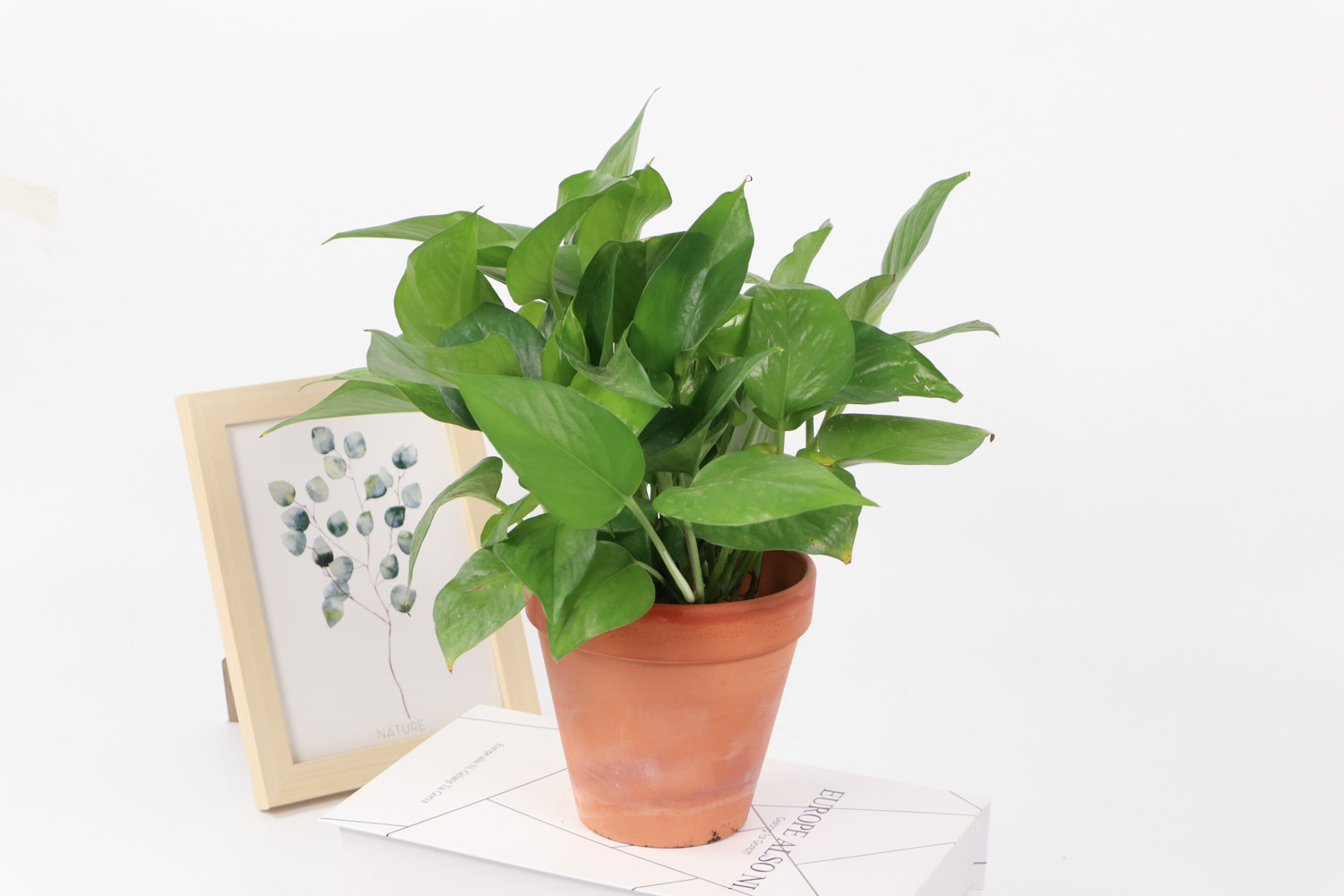
3. When it is fully rotten, mix the liquid fertilizer and clean water in the ratio of 1:50, and then irrigate the roots of Clivia at an interval of about 7-10 days. After about 2-3 times, the leaves of Clivia will grow and grow
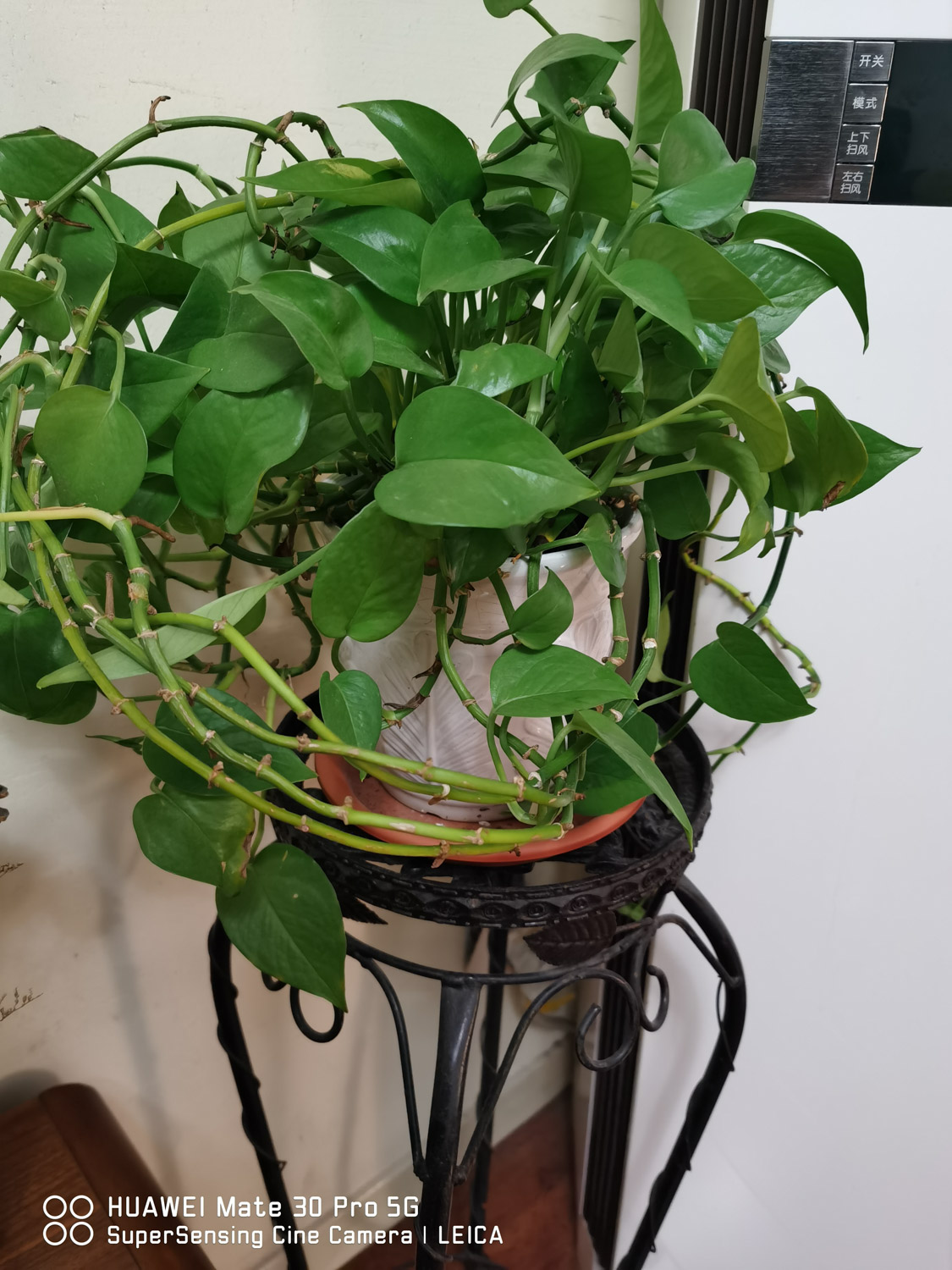
Other reasons: excessive watering
The root system of Clivia becomes smaller and smaller when it is watered, which will lead to the root system rot more and more easily
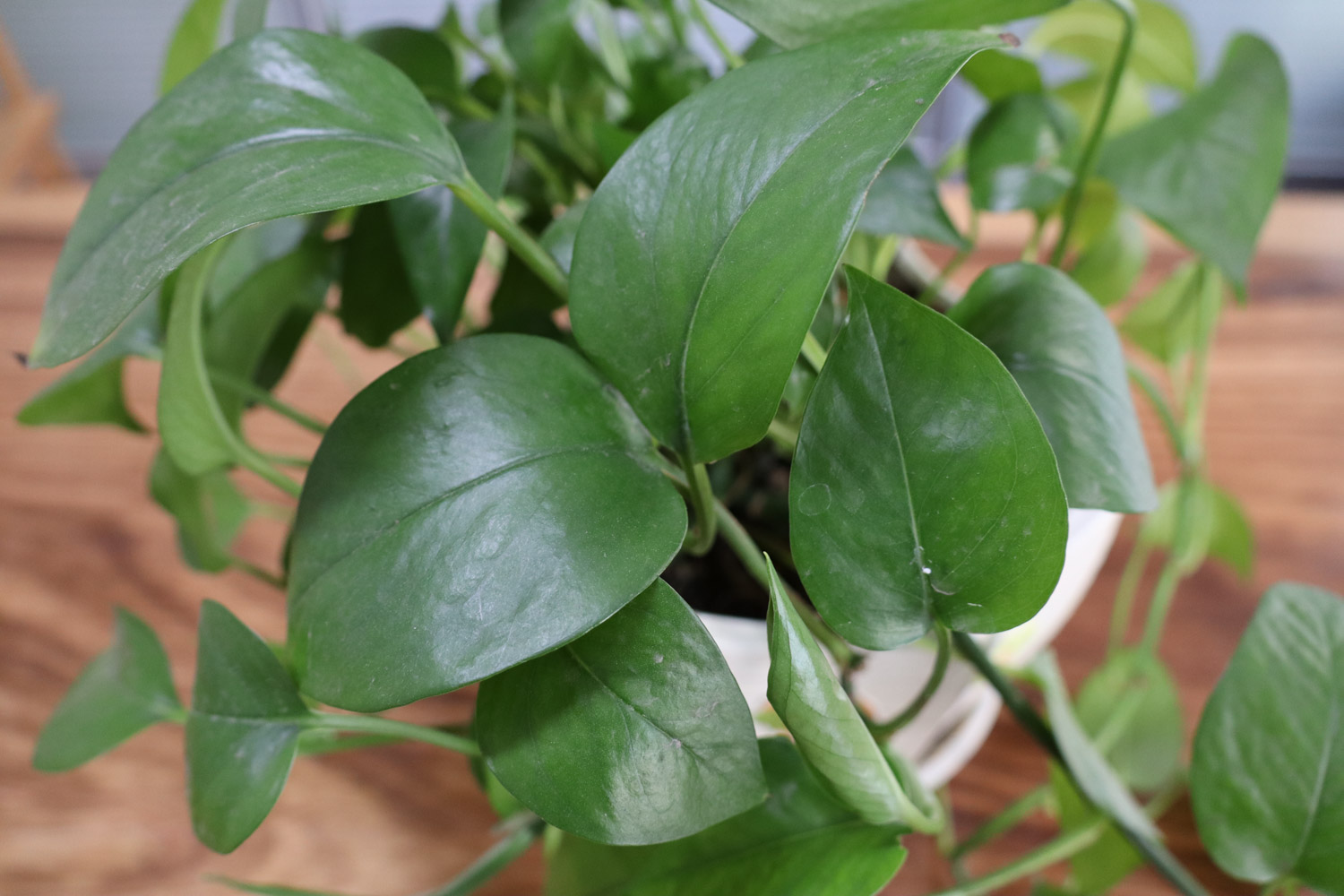
Solution:
1. If Clivia is watered too much and the root system does not rot, put the flowerpot in a cool and ventilated place and let the excess water in the flowerpot evaporate
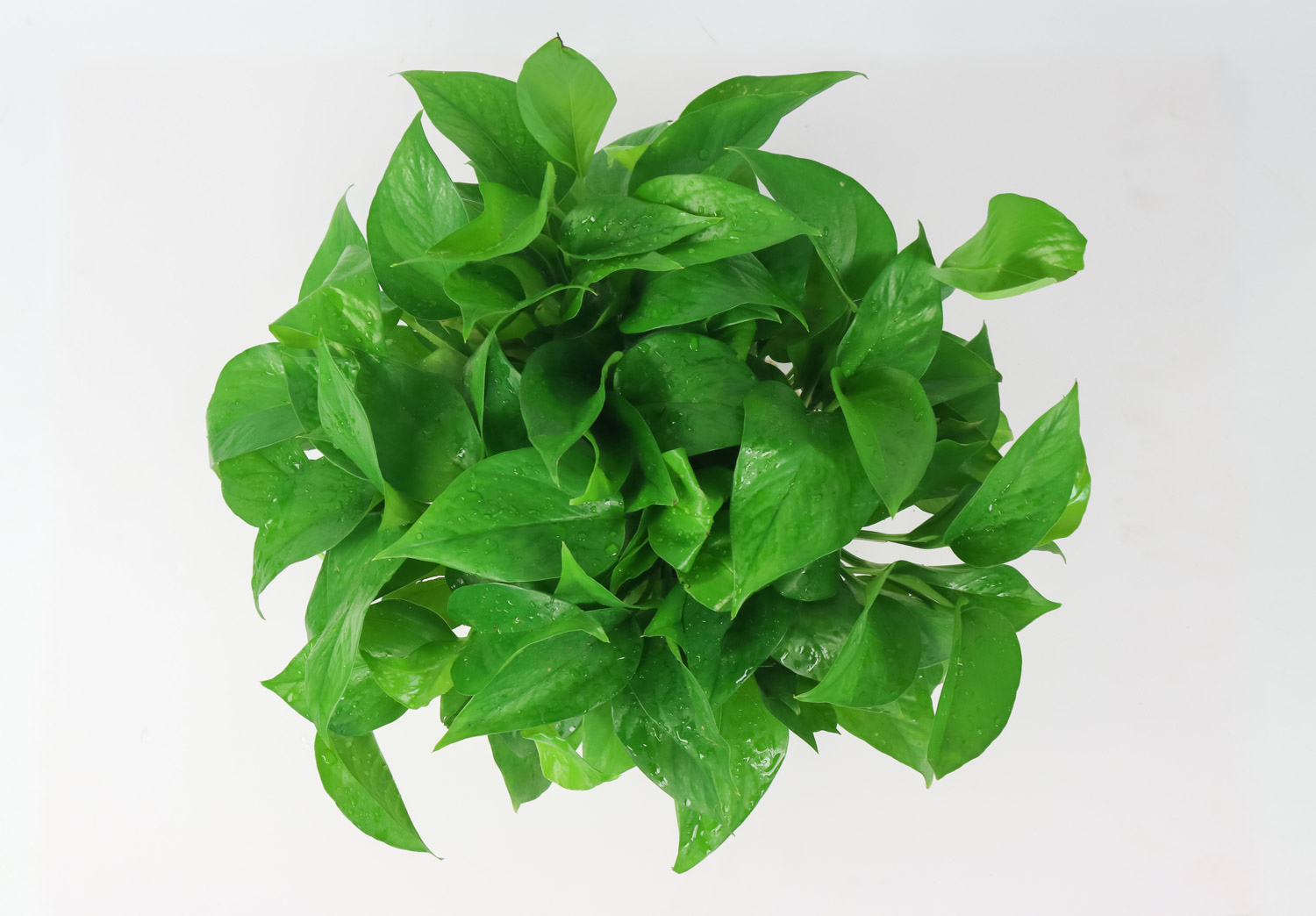
2. If the root system of Clivia has rotted, you can only change the pot
(1) Before changing the pots of Clivia, stop water for 1 week to separate the soil from the flower pots, and then remove the pots to clean the soil on the roots
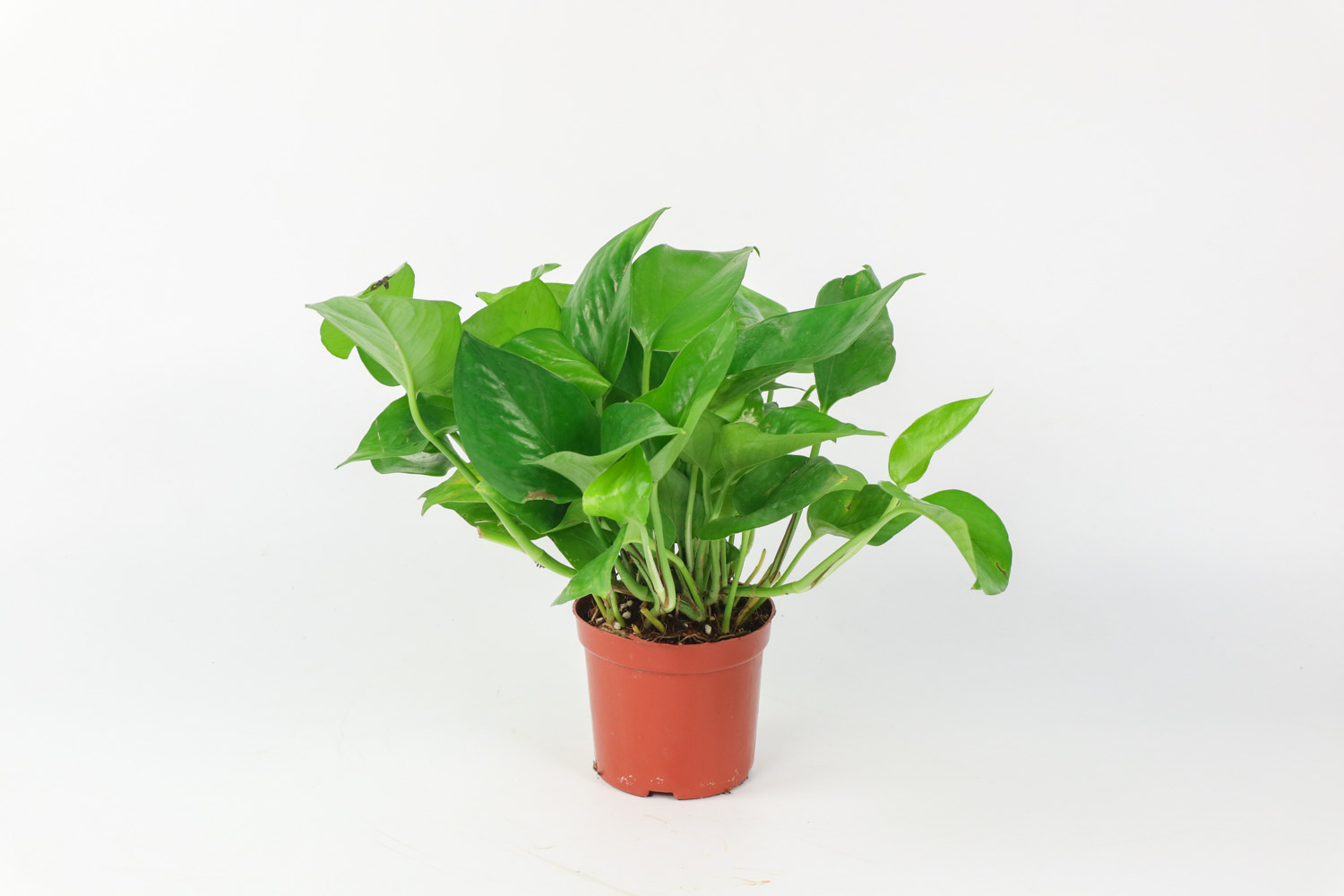
(2) Cut off the old roots, weak roots and diseased roots on the roots of Clivia, and only keep the healthy roots
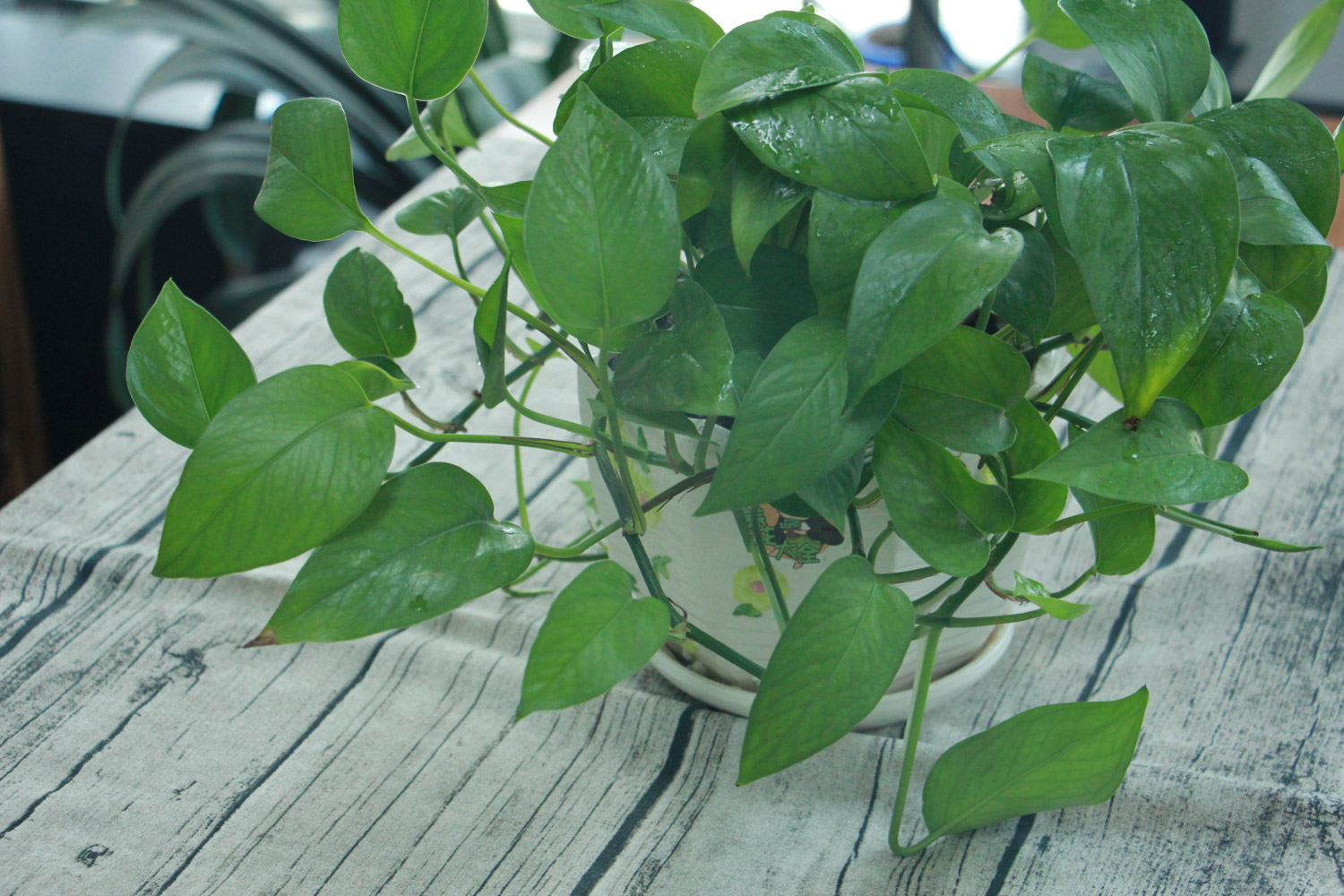
(3) After that, soak the pruned Clivia root system in carbendazim solution for more than 20 minutes, and then take it out to dry
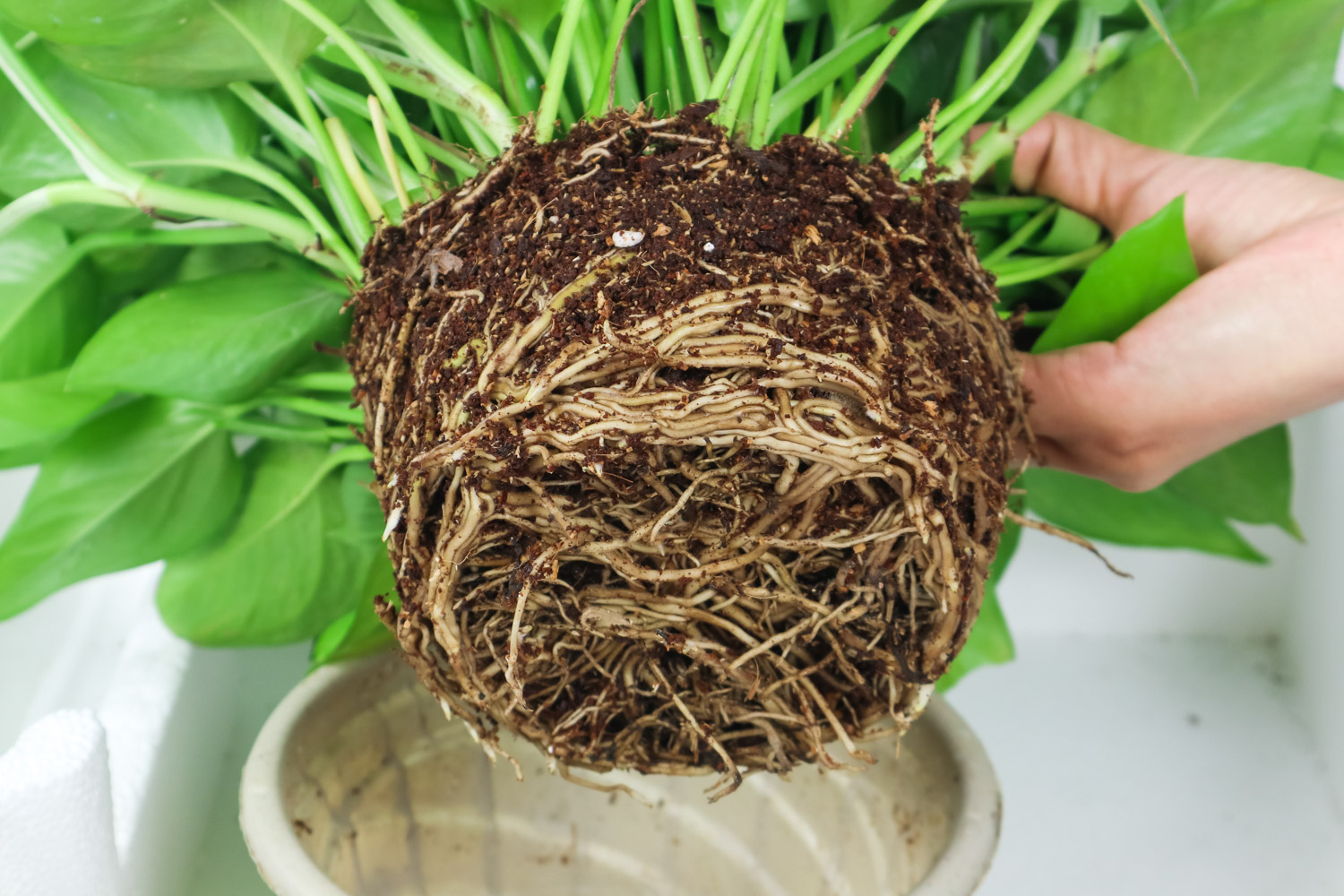
(4) The soil for changing the basin must be loose and breathable. You can mix garden soil and river sand in the proportion of 5:2, or throw some peanuts and melon seeds at the bottom of the basin as slow-release fertilizer, and then directly put Clivia in the basin
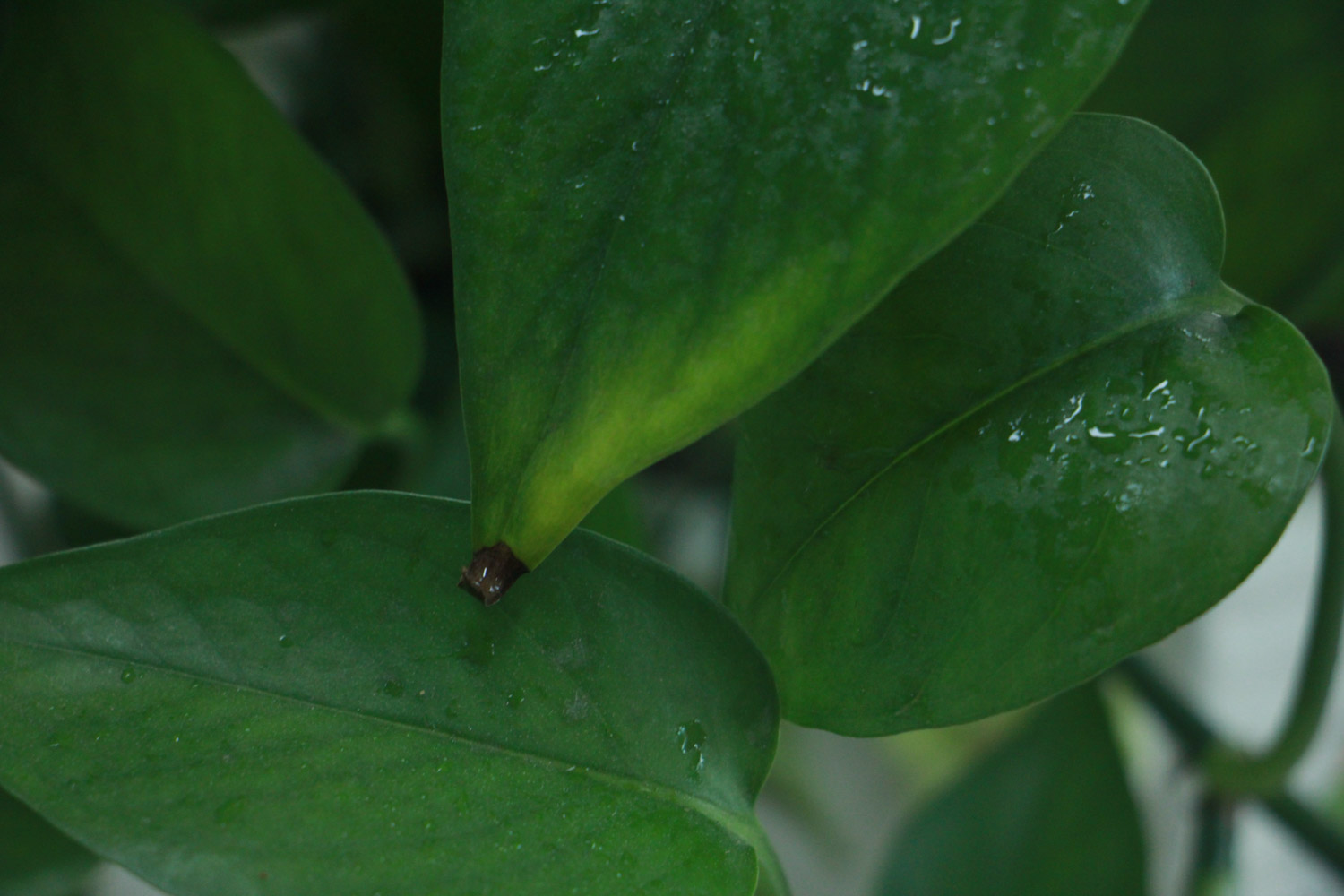
(5) Pour water once after pouring into the basin, and then put it in a cool and ventilated place to dry for 2-3 days, and then turn to normal maintenance. In this way, the Clivia with new pots and soil is not easy to water too much, resulting in rotten roots, and the situation of smaller and smaller Clivia leaves is avoided
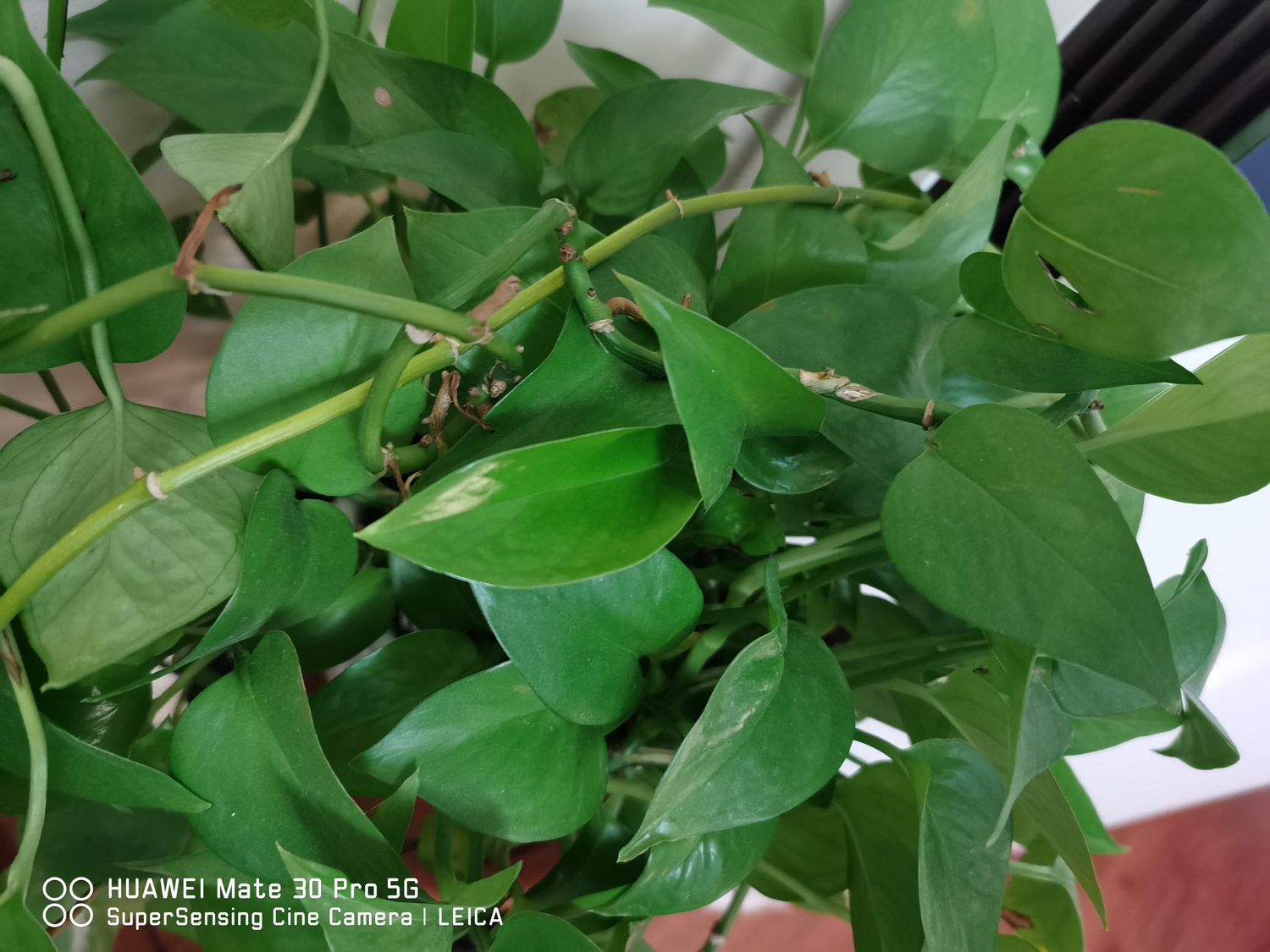

 how many times do yo...
how many times do yo... how many planted tre...
how many planted tre... how many pine trees ...
how many pine trees ... how many pecan trees...
how many pecan trees... how many plants comp...
how many plants comp... how many plants can ...
how many plants can ... how many plants and ...
how many plants and ... how many pepper plan...
how many pepper plan...



























